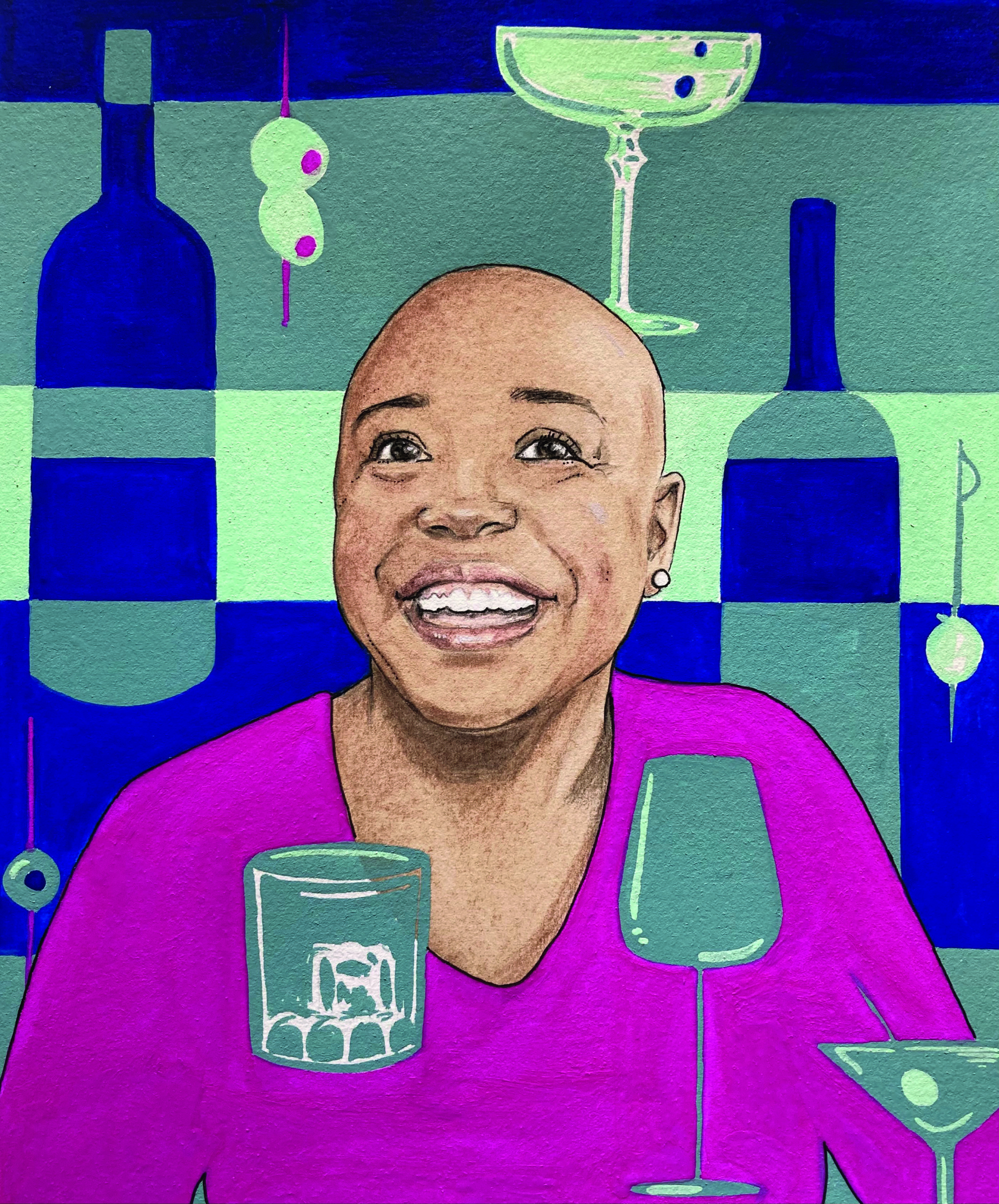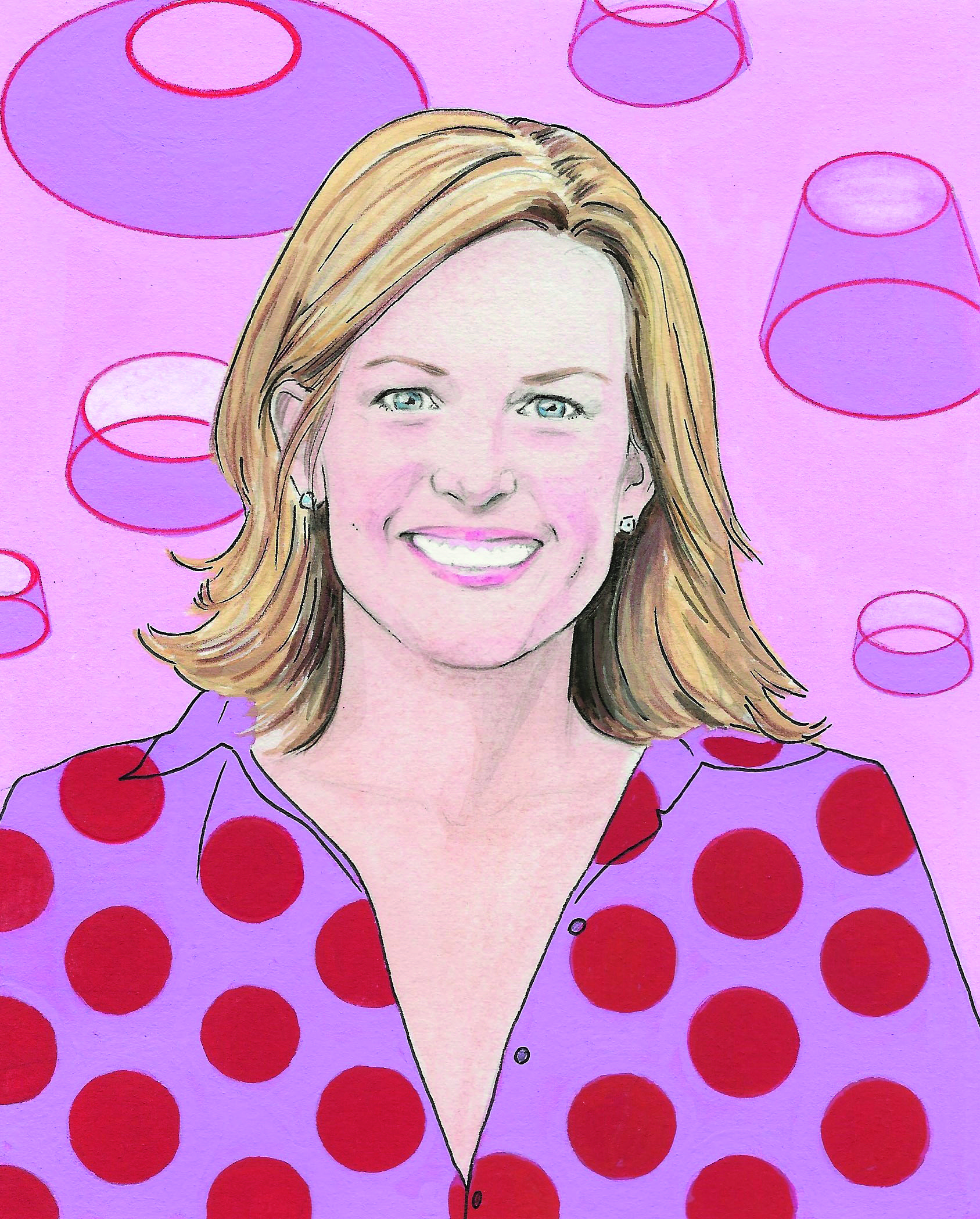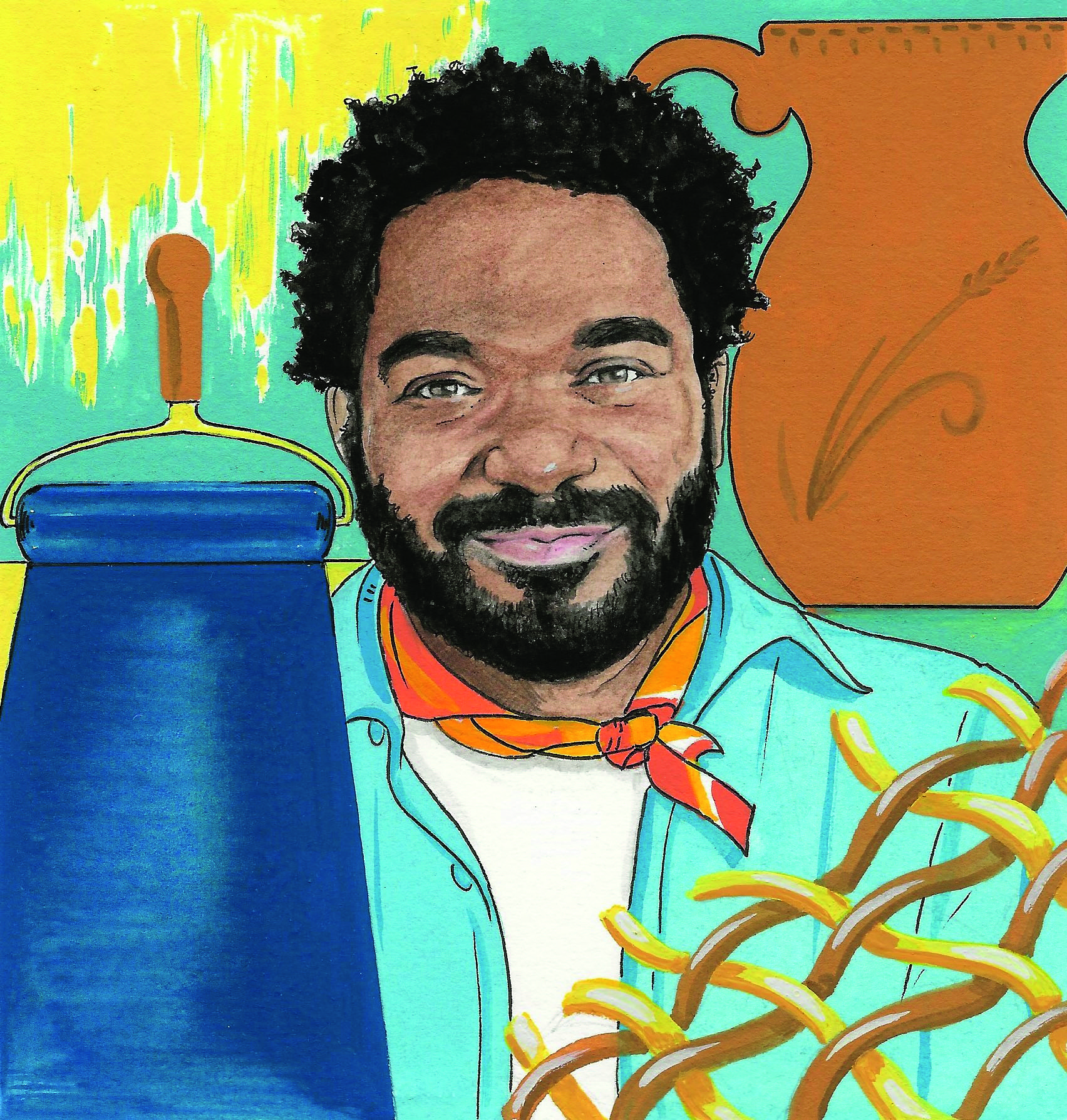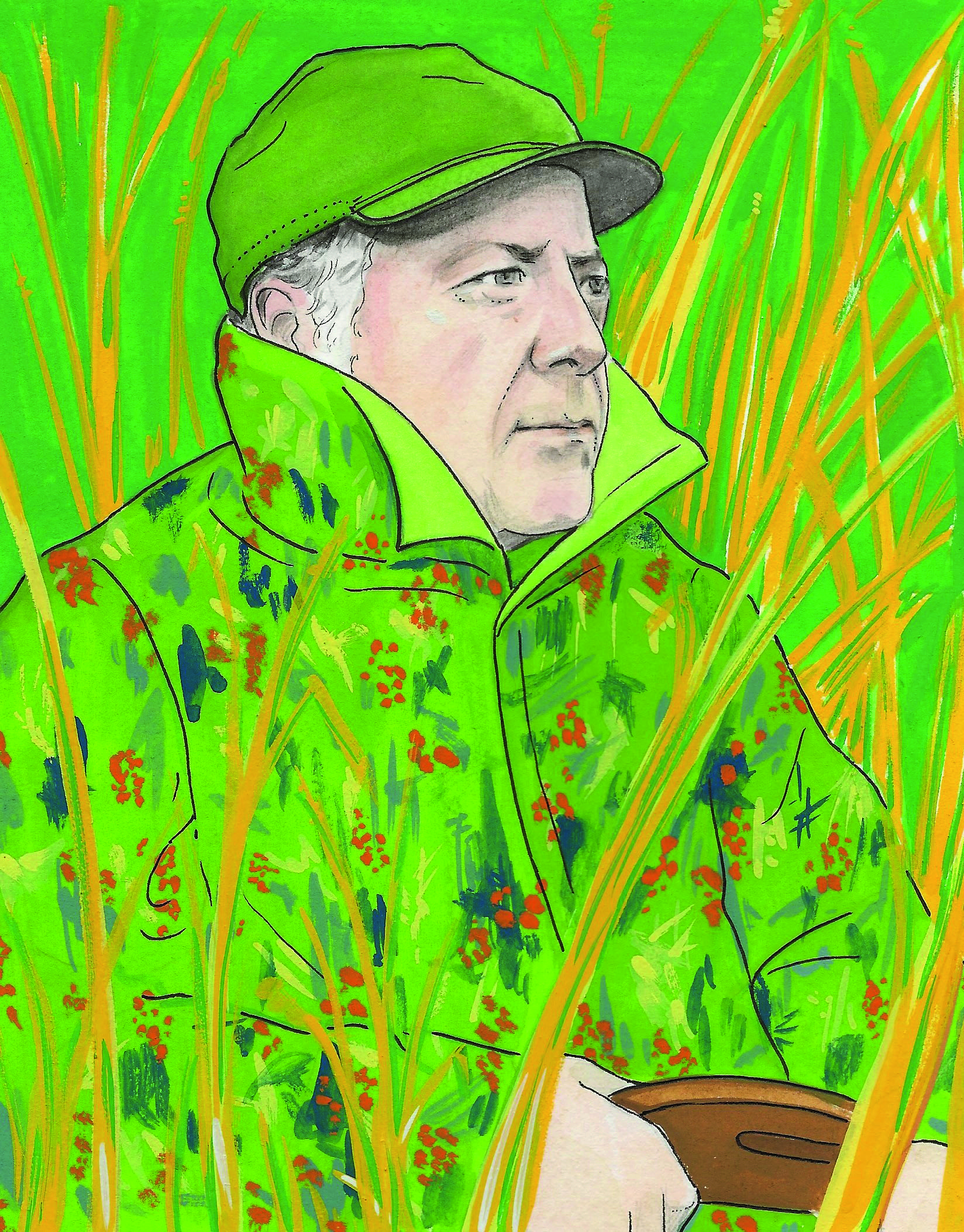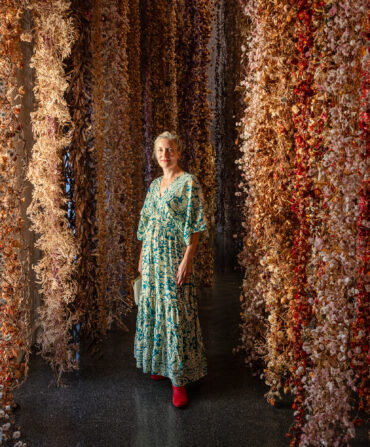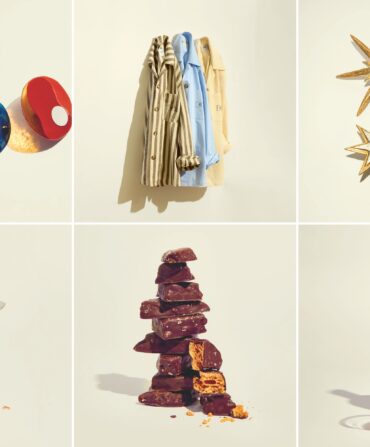Made in the South Awards
Meet the Winners of the 2021 Made in the South Awards
A revolutionary rice-based gin, a sleek Texas-inspired floor lamp, rare hand-carved dove decoys, and more honorees highlight the astonishing ingenuity, drive, and sheer skill of the South’s top makers and creatives
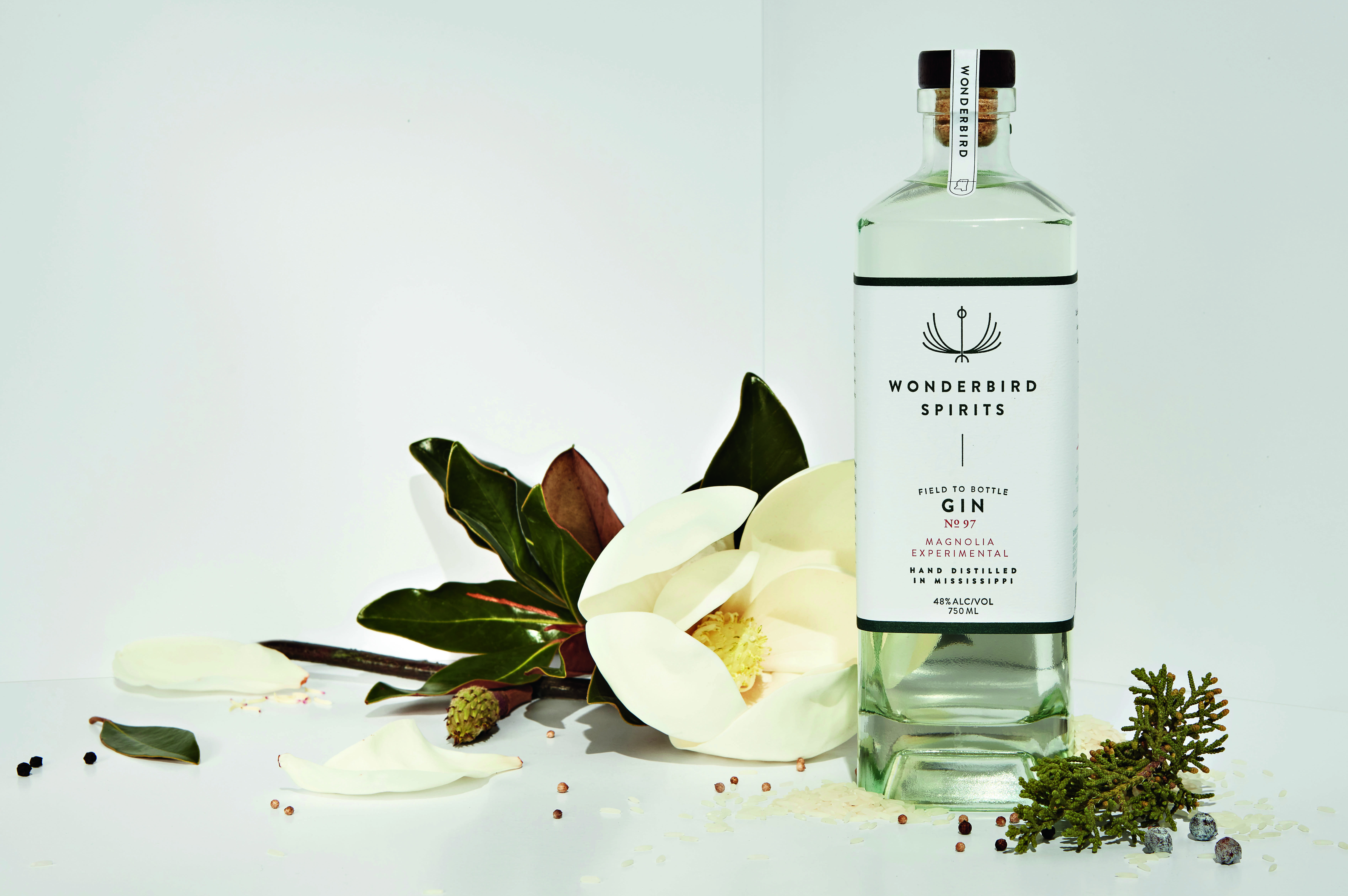
Drink & Overall Winner
Wonderbird Spirits
Artisanal Gin
Taylor, Mississippi | $75; wonderbirdspirits.com
A Deep-Rooted Mississippi Gin
Pride, purpose, and yes, Mississippi magnolia blossoms heighten an exceptional new rice-based gin
By Wayne Curtis
“I was always into food and beverage as a child,” says Chand Harlow, so when the thirty-two-year-old native Mississippian returned home after a stint in finance in New York, he began considering a business in the industry to call his own. Restaurants held little allure for him. (See: “finance.”) But he’d worked with one of the city’s pioneering craft distillers while in New York, and that planted a seed. In 2017, he partnered with two interested friends of friends, Rob Forster and Thomas Alexander, and they started talking about opening a distillery and what they might make.
Whiskey? That made sense, given the nation’s love affair with the brown spirit. But whiskey has to age for years before revenue can flow—again, not an entirely appealing arrangement for someone schooled in economics. Harlow, Forster, and Alexander homed in instead on gin. Harlow, already a gin fan, had noticed that many new whiskey distillers first produce vodka and gin, neither of which requires aging. “They were making gin for cash flow,” he says, “but weren’t making it well.” The three partners decided they would make it, too—but not as an afterthought.
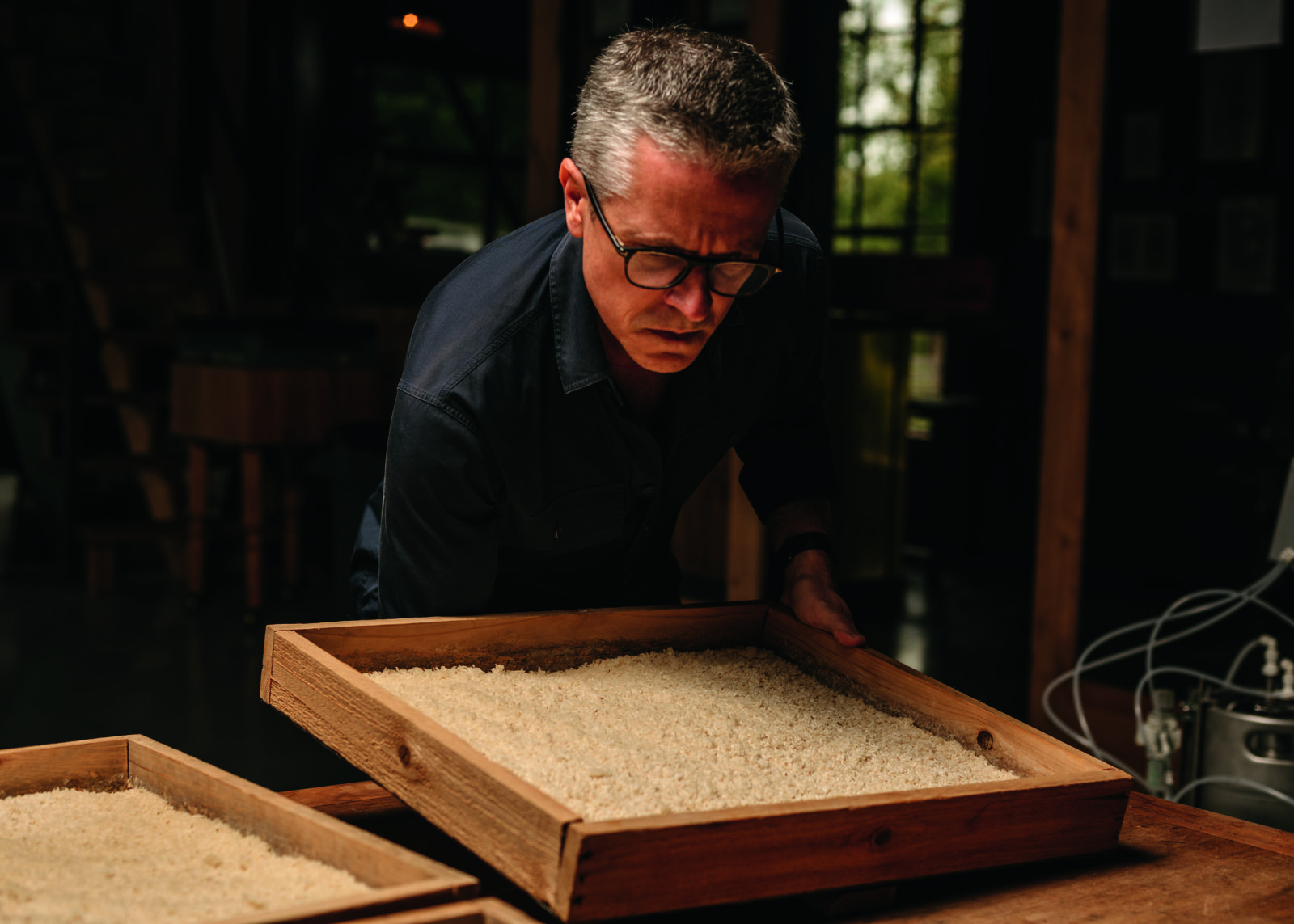
Photo: Houston Cofield
Rob Forster furrows the koji to release heat.
They found twenty acres of pastureland about fifteen minutes outside of Oxford, in Taylor, and in 2018 built the distillery Wonderbird and commenced working on recipes. While many makers buy their base spirit elsewhere and then add botanicals to develop their gin, Wonderbird opted to be a true grain-to-glass distillery, creating the distillate from scratch: They wanted what was in the bottle to represent Mississippi.
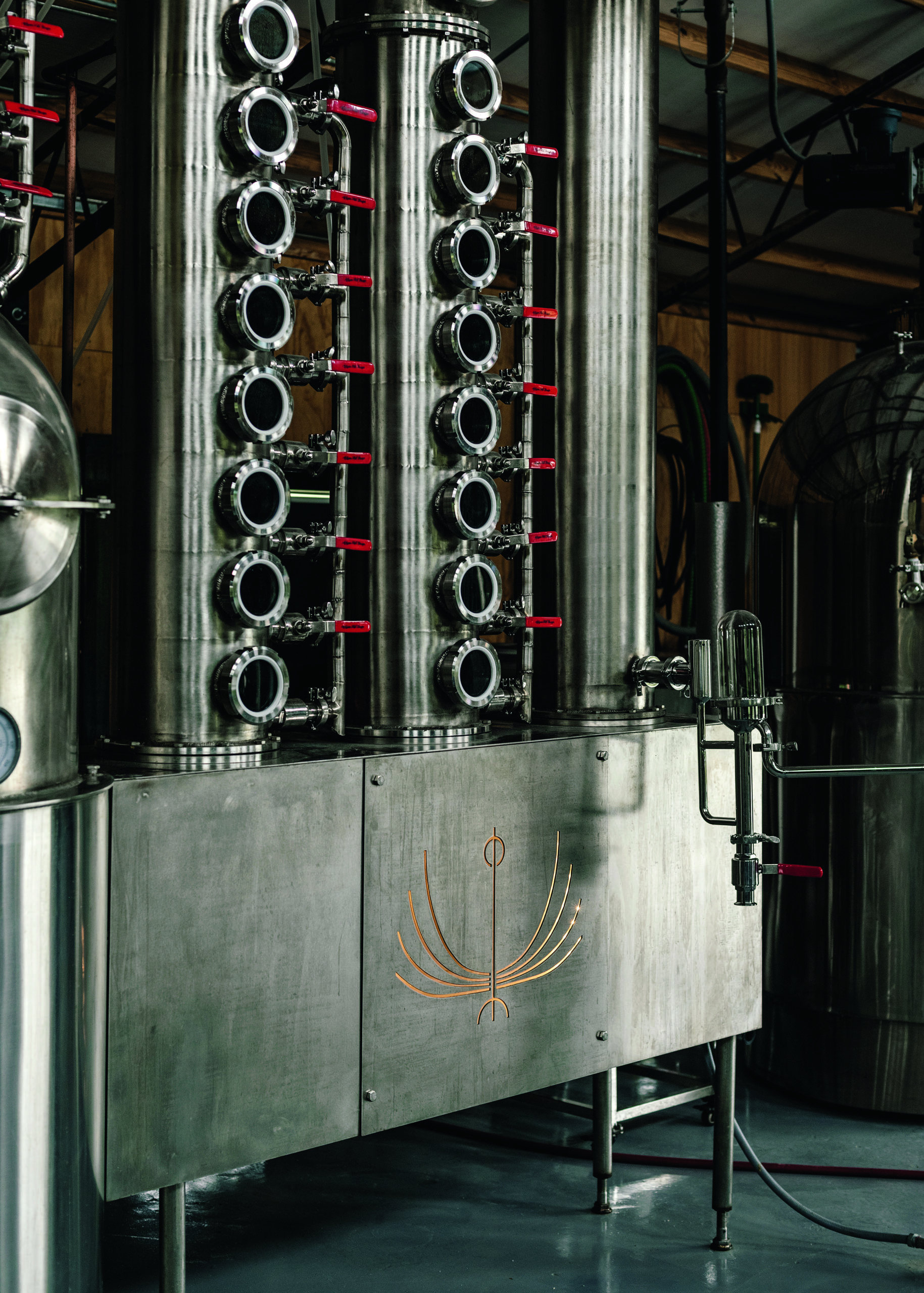
Photo: Houston Cofield
The custom still.
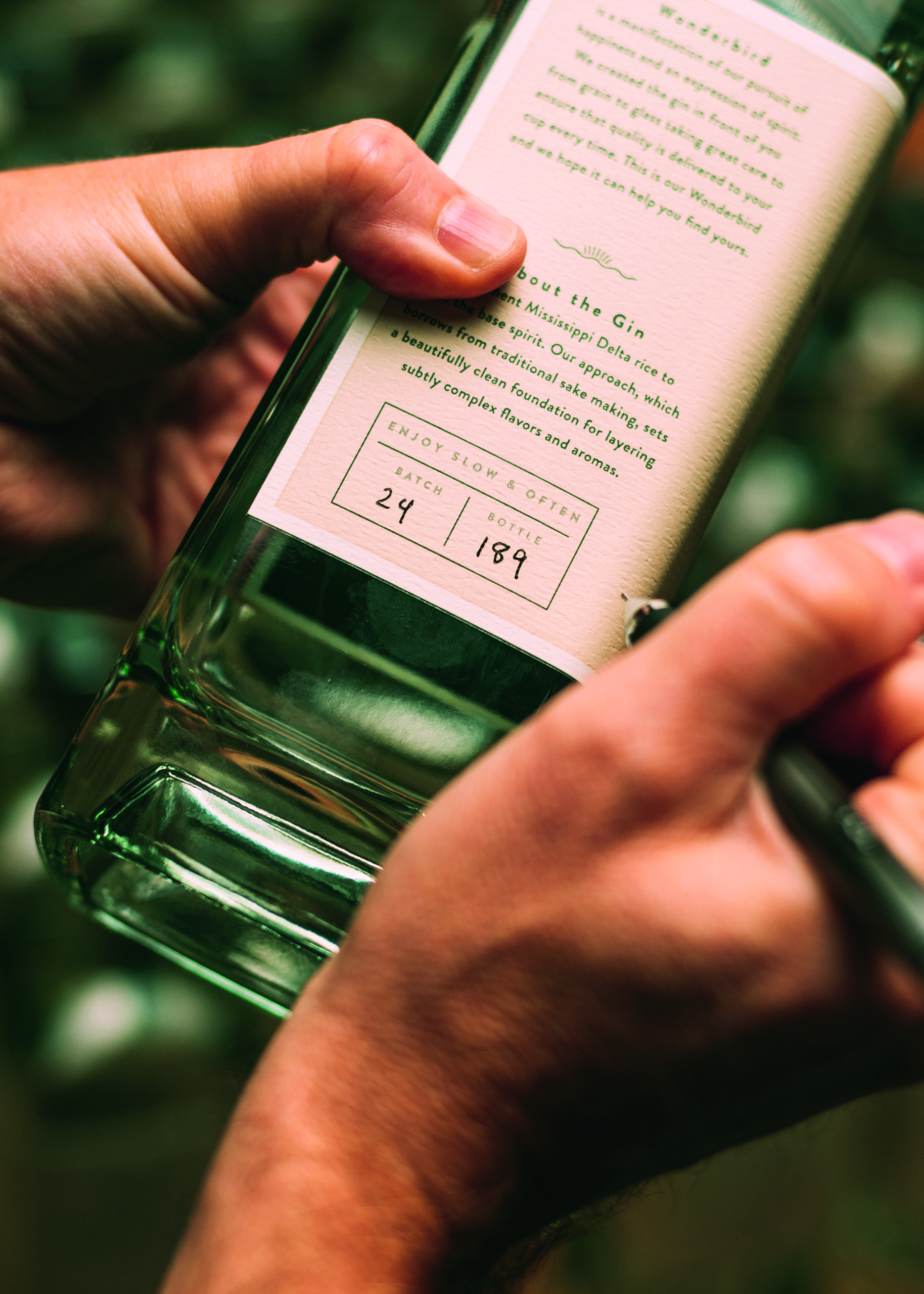
Photo: Houston Cofield
A numbered bottle of Wonderbird’s No. 61 gin.
They experimented. They made alcohol from corn, which was fine but undistinguished. Then they connected with Two Brooks Farm, a family-owned rice farm growing varietals revered by local chefs. The family sent them fifty-pound bags to try out—wild rice, black, red, basmati, and jasmine. Some made interesting base spirits for gin, but the friends fell in love with the jasmine rice.
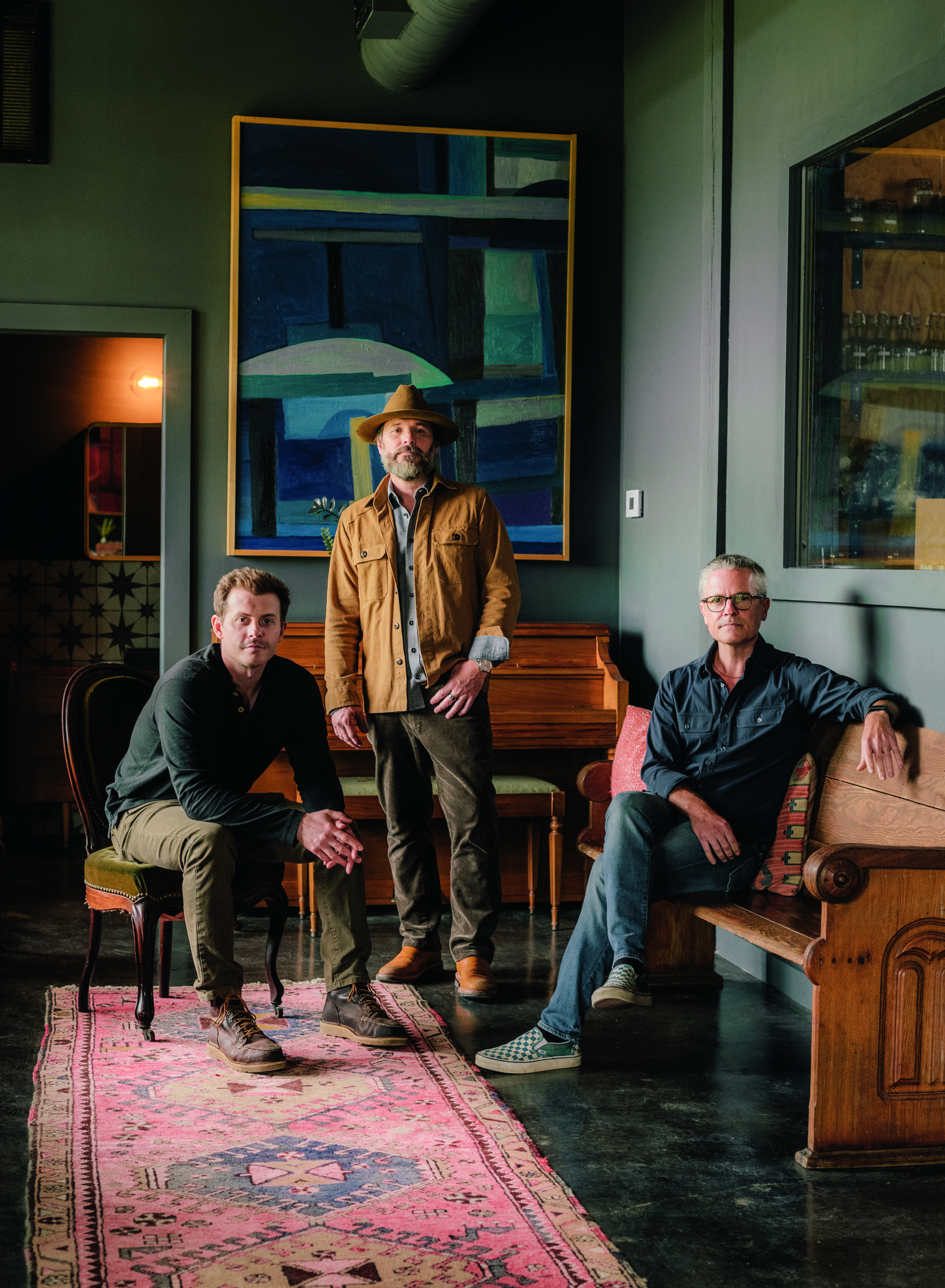
Photo: Houston Cofield
Wonderbird owners Chand Harlow, Thomas Alexander, and Forster.
The trio worked out a sake-inspired fermentation process using their in-house-cultivated koji, a mold that converts starches to sugars, which yeast then transforms to alcohol. They streamlined the sake process, which can take more than three weeks, to a more efficient weeklong method that includes running the sake or “rice beer” twice through a still to bring it to about 93 percent alcohol—a lower proof than that of the neutral spirits typically used in gin. “We backed off a few points because we liked the mouthfeel that comes from the rice, and the hint of floral flavor,” says Harlow, who believes Wonderbird stands as the only American gin that starts with rice, and one of the few outside of Japan that do.
Harlow says he and his partners also appreciated the creative freedom gin affords. The art of gin comes in the selection and distillation of botanicals. As they have developed their offerings, they have sampled juniper and coriander from the world over. They have tried various lemon peels, both dried and fresh, and settled on fresh Meyer lemon peels for their brightness. They hired a forager to help them discover local ingredients on their own property, such as loblolly pine needles and red clover, and distill each botanical individually to achieve the best expression (many gin makers combine botanicals and distill them at once), amassing a “library” of about thirty options for blending, ten of which went into their flagship spirit.
That first gin came out in spring of 2019, before the pandemic upended their plans for travel and promotion. Confined to the distillery, they continued to tinker. Intrigued by the delicate aroma of Mississippi magnolia blossoms, they created their first experimental gin using the blooms, the essence of which they combined with that of juniper, coriander, black peppercorn, and cinchona (a South American bark containing quinine). “The goal was to make an elegant martini gin,” Harlow says. Debuting late last year, their ethereal Magnolia Experimental Gin, full of subtle and surprising flavors, is certainly that, but can be sipped just as pleasingly on its own. Those who try it seem to agree: That first release included just eight hundred bottles, which swiftly sold out. Another release followed this fall. Our advice? If you find it, buy it.
Drink Runner-Up
RND Coffee
Cold Brew
Roanoke, Virginia | $30 for twelve; $58 for twenty-four; roanokecoffee.com
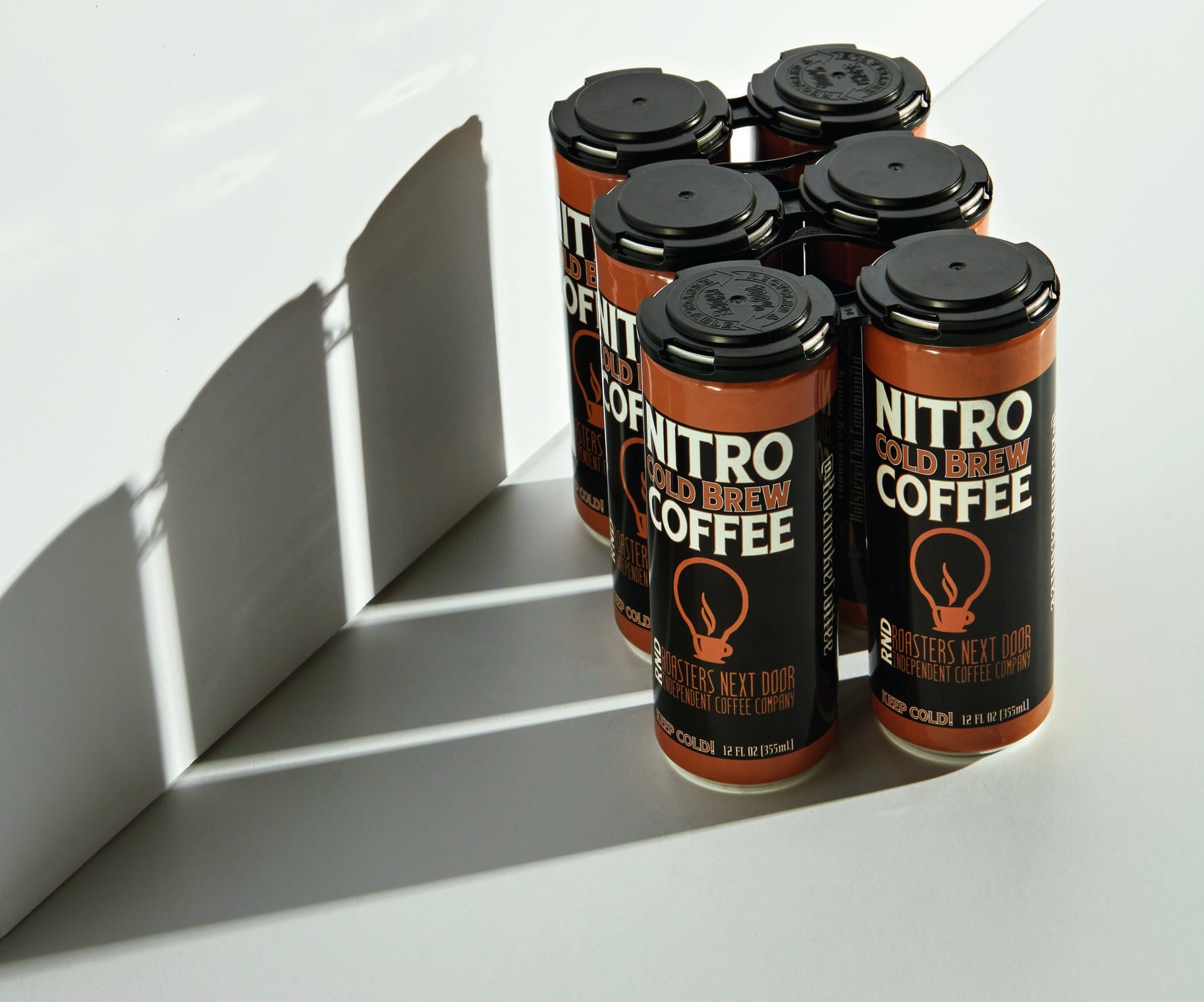
Brothers Steffon and Quincy Randolph grew up in Richmond but were attracted by the up-and-coming promise of Roanoke, to the west. Steffon, who had a background in coffee roasting, began hosting a series of coffee pop-ups in his newly adopted hometown; Quincy joined him after a stint in Chicago, where he was a chef at the Michelin-starred Blackbird Restaurant. In 2019, the brothers launched a brick-and-mortar café called RND—short for Roasters Next Door—Coffee Lounge and last spring introduced this canned version of its popular nitro cold brew. It’s potent and rich, a straight pull of no-nonsense, get ’er done coffee. The brothers plan to roll out additional canned coffee drinks, building this into a regional brand. But first, “we wanted to use this to gain your trust,” Quincy says of the initial release. Mission accomplished.
Drink Runner-Up
Luck Springs
Hard Lemonade
Austin, Texas | $10–$18; lucksprings.com
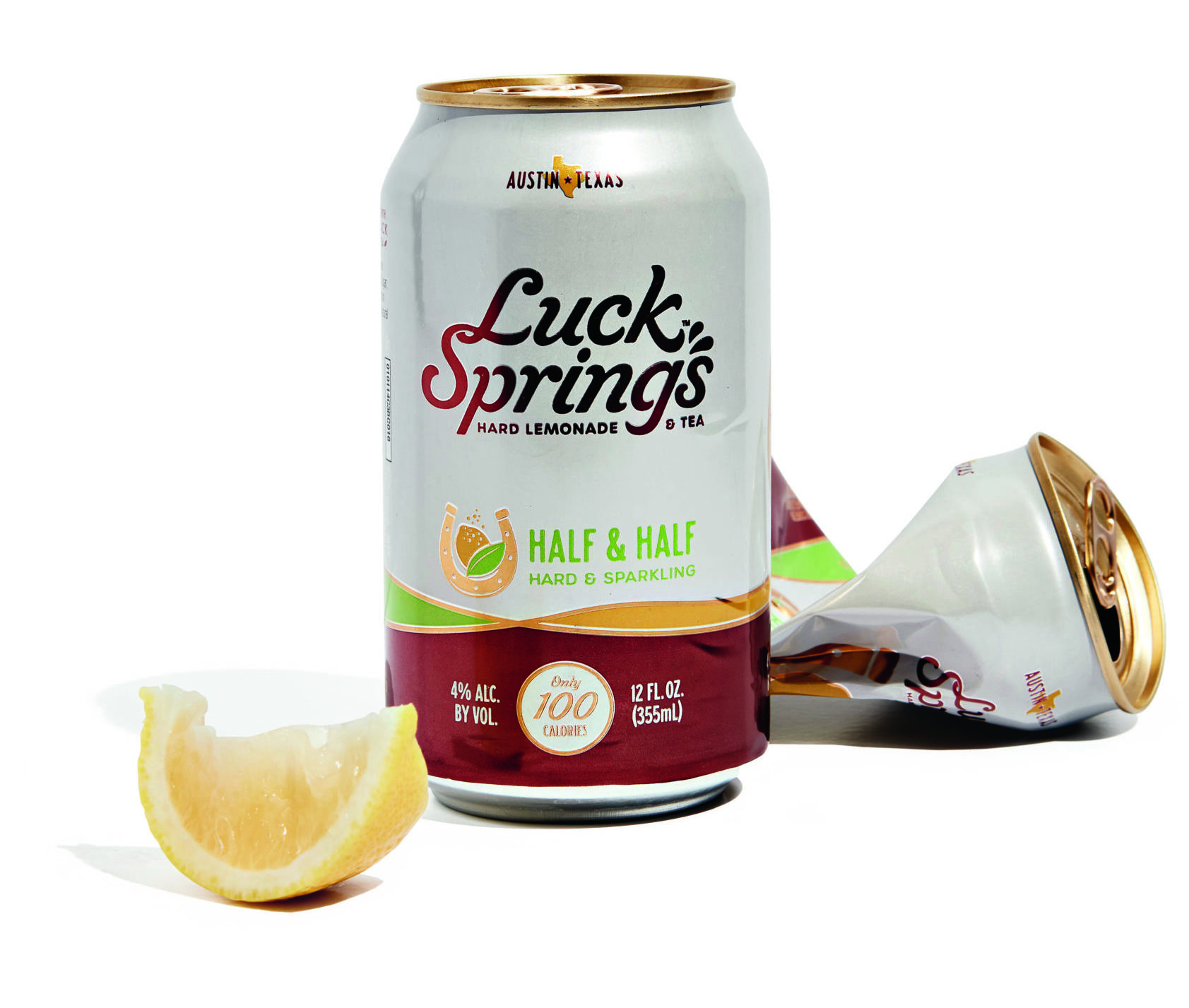
Luck Springs is named after a secret swimming hole outside of Austin. Does it actually exist? Who’s to know? That’s the thing about secret swimming holes—they’re secret. Yet the newest venture for Austin Eastciders, a Texas producer acclaimed for its dry ciders since opening in 2013, is now anything but. Launched in April, the series of reimagined hard lemonades comes in four flavors, including this terrific Half & Half, a lemonade mixed with black tea. Dave Rule, the company’s vice president of marketing, notes that it’s made the old-fashioned way—with cane sugar and real fruit juices—and weighs in at only a hundred calories per can, making it a “better for you” choice over sweeter adult fizzy drinks. Bonus: It goes down remarkably smoothly, and quenches summer thirst with an almost ruthless efficiency. As Rule puts it, “It’s as refreshing as taking a dip.”
Drink Runner-Up
Filibuster Distillery
Single Estate Straight Bourbon Whiskey
Mauertown, Virginia | $50; filibusterbourbon.com
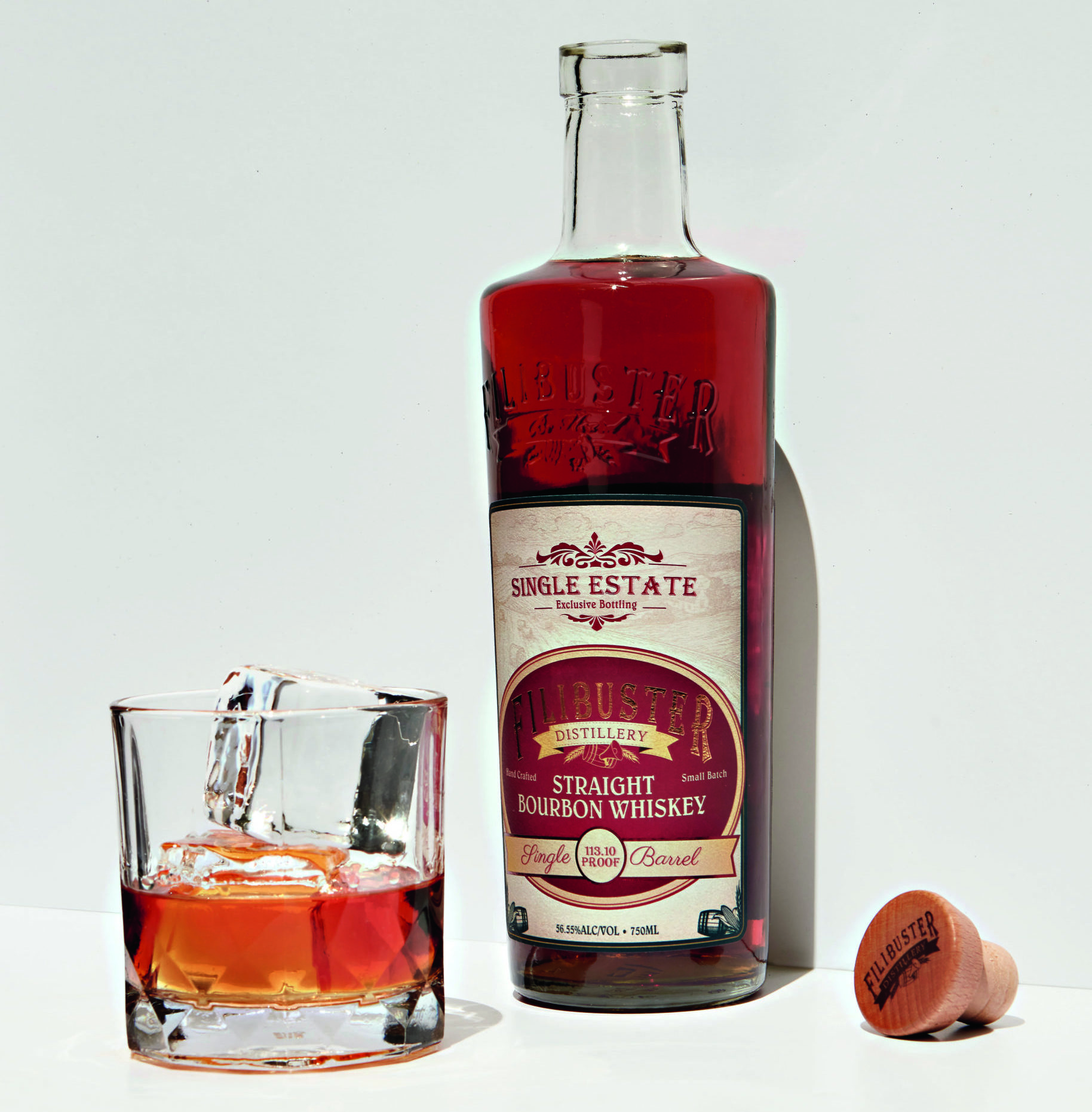
A dozen or so years ago, the Dilawri family emigrated from India to Washington, D.C., where they opened a liquor store. As fans of Scotch, they wondered why few American whiskey makers followed Scotland’s tradition of aging in barrels that formerly contained sherry or wines, so they began experimenting with raw whiskey they bought from established distillers. Pleased with their results, they went on to build their own distillery, called Filibuster, in the Shenandoah Valley. Since launching in 2016, they’ve produced bourbon, rye, and gin using the method. They age their single estate straight bourbon, however, in new American oak barrels, imbuing it with characteristic vanilla notes, the spiciness of rye (rather than the mellowness of a wheat-inflected whiskey), and a stout proof range of 115 to 122. Filibuster uses all local grain from a longtime Virginia farmer, completing a circle of sorts: “His grandfather started off farming by borrowing money from a moonshiner,” says Sid Dilawri, who operates the distillery with his brothers and father. Filibuster bottles this bourbon directly from the barrel, ready for tumbler, ice cube, and fireplace.
Food Winner
Appalachian Beekeeping Collective
Black Locust Honey
Lewisburg, West Virginia | $13–$16; abchoney.org
A Distinctive Appalachian Honey
Stunning forest honeys from a pioneering apiary benefit both landscape
and community
By Wayne Curtis
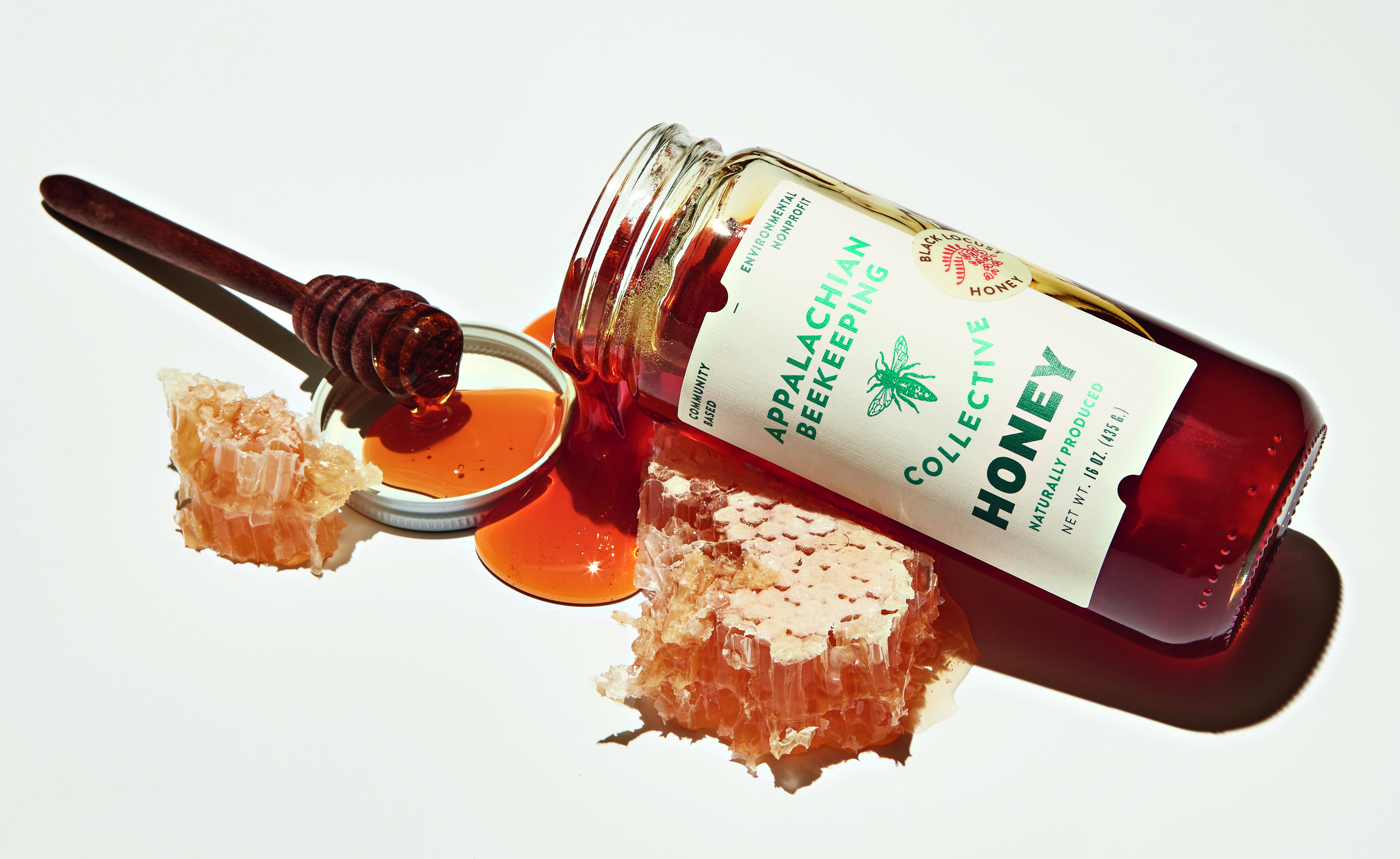
The West Virginia nonprofit Appalachian Headwaters debuted in 2016 to help restore ecosystems damaged by mountaintop removals for coal mining. While replanting hundreds of thousands of trees across scarred landscapes, the organization was advised that it might be useful to bring in pollinators to speed reforestation, which led to discussions with professional beekeepers. “We’ve since learned that we didn’t really need the beekeepers,” says Kate Asquith, the group’s director of programs and outreach. “There are already lots of native pollinators.”
Still, training locals to keep bees proved to yield other benefits—chiefly, allowing landowners to earn meaningful extra income—and the Appalachian Beekeeping Collective was born. “The aim of this program is to get people to be more than hobby beekeepers,” Asquith says. The number of beekeepers has grown since 2017 to more than a hundred, with hives located in seventeen counties in West Virginia and five in southwestern Virginia. The cooperative provides the hives, the bees, and a mentor, all without charge. At the end of the season, beekeepers sell their honey to the nonprofit, which in turn offers it to the public.
But this honey differs from perhaps any other you’ve tasted: more distinct, and robust. “This is very much a forest-based honey,” Asquith explains, as opposed to more common wildflower honeys. The flagship Appalachian honey and varietals such as tulip poplar and sourwood differ in character based on each tree’s bloom time. Our favorite? The black locust, with its touch of vanilla and hint of mint. As this year’s Food judge, Andrew Zimmern, noted, it’s not so much a honey for tea as it is the extra-special kind you’d happily slather on a biscuit.
Food Runner-Up
Altman Farm and Mill
Buttermilk Pancake and Waffle Mix
Evergreen, South Carolina | $6; altmanfarm.com
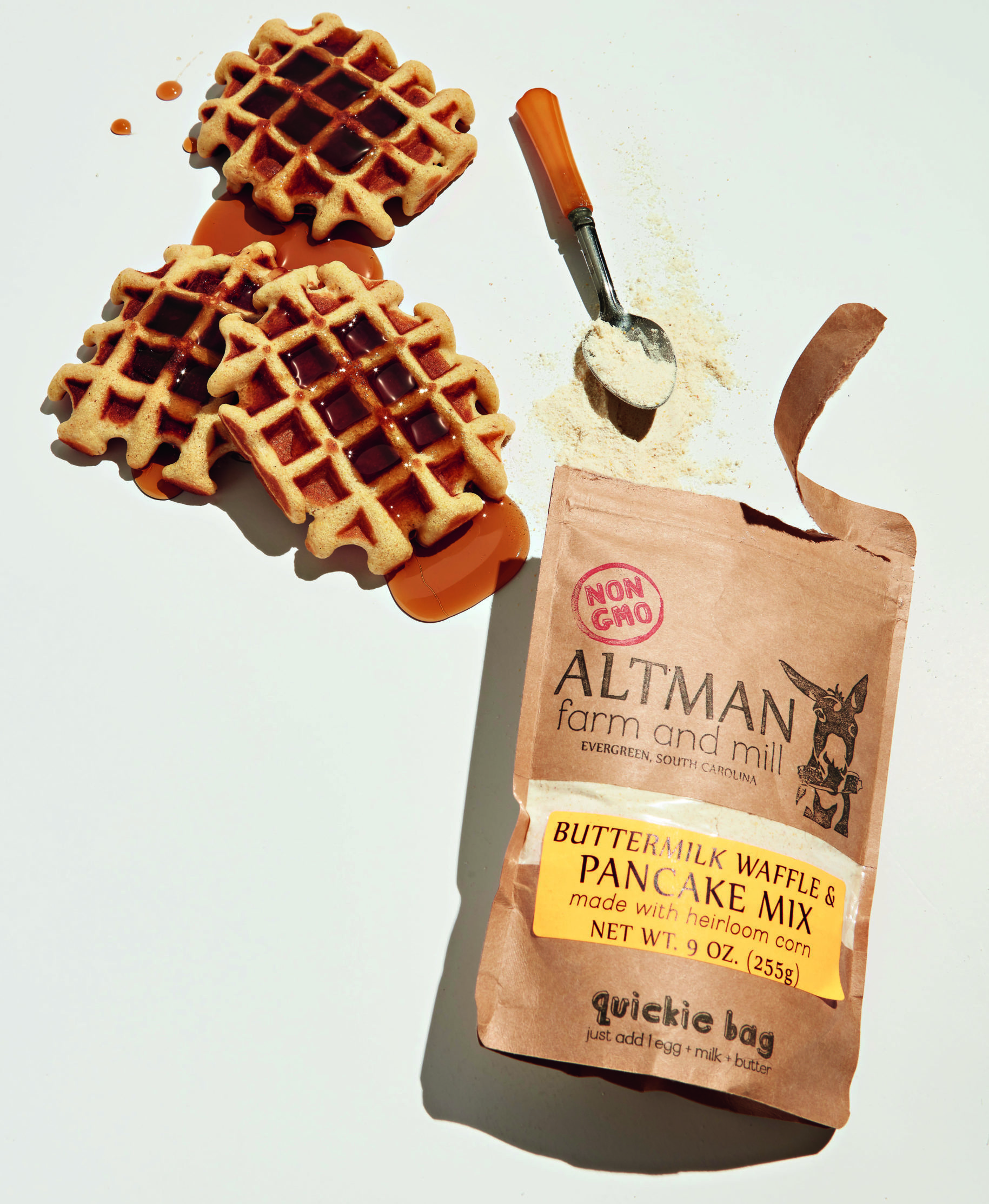
Will Altman took up farming about a dozen years ago outside of Florence, South Carolina, with the idea of pasture-raised pork and beef. Four years ago, he switched to growing grains. “I wanted a product that wouldn’t run away,” he says. His transition did not come without obstacles. “The first year a hurricane knocked out the entire crop, the second year was a drought, and the third year we had a flood,” Altman says. His luck improved, fortunately. His stone-ground grits and cornmeal soon got noticed, and he began expanding his growing and milling operation into “making quick mixes that were easy to use,” he says. Among his products: a remarkable pancake and waffle mix made with Henry Moore yellow corn. The heirloom varietal—a Southern staple for more than a century and a half—enhances fluffy pancakes and crisp-edged waffles with a slight nuttiness and subtly crunchy texture.
Food Runner-Up
H3irloom Food Group
Hot Sauce
Baltimore, Maryland | $33 for a trio; h3irloom.com
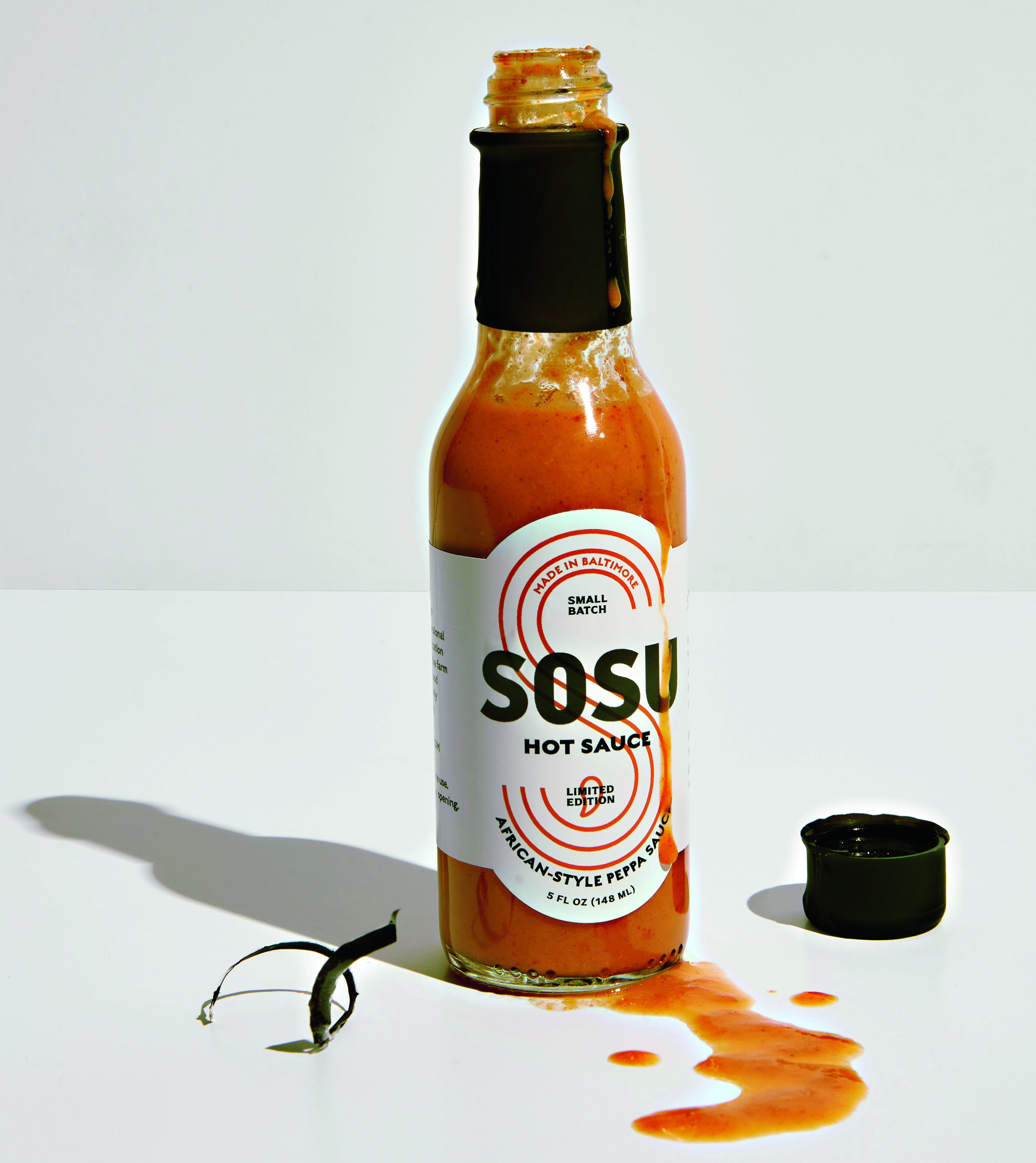
In early 2020, David Thomas stepped away from Ida B’s Table, the much-lauded modern soul food restaurant in Baltimore he’d opened with his wife and business partner, Tonya. The couple then set off on a culinary trip to West Africa. They toured Senegambia, meeting chefs, sampling local fare, and expanding their palates. When Thomas returned home, he began crafting sauces drawing on the flavors they’d enjoyed. “I wanted to bring back things that make sense not only to who we are, but to who we serve,” he says. Through their culinary education and catering company, H3irloom Food Group, which they run with partners Linda and Floyd Taliaferro IV of the Maesner Group, the Thomases launched a trio of sauces this past summer, including Sosu, their wonderfully spicy and complex “West African–inspired peppa sauce.” And while Africa may have inspired it, Thomas makes it with local ingredients whenever possible. “In everything we do,” he says, “we want to tell a story.”
Food Runner-Up
Lady Edison
Country Ham
Chapel Hill, North Carolina | $20 per pack; ladyedisonpork.com

You might think of Lady Edison’s extra fancy country ham as a ham that went to Europe for a semester and learned some new words without losing its accent. The thinly sliced wonder comes from the efforts of Sam Suchoff, the owner of the whole-hog barbecue restaurant the Pig in Chapel Hill. Suchoff’s secret: a heritage pig breed (a mix of Berkshire, Chester White, and Duroc) raised by a cooperative of independent farmers with a shared commitment to tradition. Much of the meat that doesn’t end up at the Pig gets sent off to be cured by the folks at Goodnight Brothers smokehouse, a North Carolina institution since 1948. “Some people say Lady Edison isn’t a country ham because it’s not salty enough,” Suchoff says. “Salt is present, but it’s not aggressive.” Nor is the ham smoked. But the sophisticated, delicate meat with its rich, umami fullness will keep your taste buds dancing all the same.
Home Winner
Humphreys Studio
Lamp
Austin, Texas | $2,470; humphreys.am
A Striking Texas Floor Lamp
A floor lamp takes cues from the Texas Hill Country
By Caroline Sanders

Growing up in El Campo, Texas, John Humphreys wanted to be a pilot. In high school, his teachers tried to tell him he was a poet. As it turns out, the career path he landed on—designing and building architectural, Lone Star State–inspired furniture and spaces—marries his talents for both the mechanical and the artistic. He founded Humphreys Studio with an eponymous chair adapted from an 1800s South African camp seat. Then, in 2017, his friend and fellow tinkerer Skye Witherspoon approached him with ideas for reimagining the chair’s design as a floor lamp. “We used the same bolts and the same wood,” Humphreys says. “It has the same strong presence.”
The roughly six-foot-tall Skye lamp is anchored by a concrete base and accented by a half-moon shade made of American canvas, but the real star is its post and cantilevered arm, crafted from honey-colored pecan salvaged from a family mill near Humphreys’s Austin studio. “We use all reclaimed wood from trees that have died naturally,” he says. “I’m so hooked on pecan—I make everything out of it.” For Humphreys, the wood’s clean lines contribute to his desired aesthetic: rustic yet modern and effortlessly cool. The lamp fits seamlessly into any room: beside a bookshelf in a mahogany-laden study, above a rocker in an eclectic Tennessee cabin, or right at home over a glass of bourbon on an airy Texas ranch.
Home Runner-Up
Hunter Handmade
Dog Beds
Southern Pines, North Carolina | $255–$355; hunterhandmadeus.com

In Mary Knudson’s house, her two Westies, Windsor and Willow, have always been treated like family, so naturally Knudson, a lifelong seamstress, crafted their beds with as much support and comfort as she enjoys herself. “When I moved to North Carolina, my new neighbors would ask me to make drapes, pillows, and duvets,” she says. “As a little thank-you for their business, I started to take the extra fabric and make them a dog bed that coordinated with the room.” Soon, that’s all anyone was asking her for. Working through trial and error with the help of a veterinarian friend and a dog trainer, Knudson landed on a two-layer core made of orthopedic and memory foam, with the option to add an additional layer of blue cooling foam that helps keep pups comfortable in summer heat. Interchangeable covers made with indoor-outdoor fabric from the textile companies Sunbrella and Bella-Dura are all customizable, durable, and—not to be underestimated—machine washable.
Home Runner-Up
Chatham Knives
Chef’s Knives
Bay Minette, Alabama | $200–$400; chathamknives.bigcartel.com

Despite the hours he spends forging his knives with hammer and anvil, Mike Chatham has gotten used to people thinking he discovered them in an attic somewhere. “I get it,” he says. “The way they’re heat-treated through the forging process and the way they’re pinned is the same way they did it two hundred years ago.” His historical methods include sourcing high-carbon steel, sometimes a century old, from sawmills or the wheel bearings from old Peterbilt tractors. Raw handle materials come from cherry trees on his family’s Mississippi property, Jack Daniel’s whiskey barrels, or local whitetail antlers. He then hand forges the reclaimed steel into an ultrasharp blade, then fixes it to a handle with an ideal heft. “I started making knives because I couldn’t find anything that would hold an edge like I wanted,” Chatham says. “But recently I asked a client if she was enjoying her knife, and she told me she has it on her magnet board and just likes to look at it because it’s so pretty.”
Home Runner-Up
Emily Daws Textiles
Fabric
Johns Island, South Carolina | From $118; emilydawstextiles.com

When Emily Daws begins designing a new fabric collection, both inspiration and intention are front of mind. She not only draws from walks along the water near her home and studio in Charleston, but she also envisions the fabric’s final destination: layered into curtains in a beachside living room, folded into a Roman shade above a sunny window, or formed into throw pillows for a bed. “My background is in sewing,” Daws says, “so I understand how fabrics can play off of each other.” Her newest collection, Waterways, for instance, includes the Salt Marsh pattern, a simple, meandering S shape that mimics the creeks near her home. She also produces smaller-scale patterns, such as the Estuary. “It’s a take on oyster-shell terrazzo and reads as a texture,” she says. Daws sketches each new pattern by hand, then digitally translates it into a final, repeating configuration before printing it by the yard on Belgian linen in her signature soft blues, grays, greens, and other neutrals.
Crafts Winner
Appointed
Notebooks
Washington, D.C. | $24-34; appointed.co
Bold D.C.-Made Notebooks
This line of notebooks and planners celebrates the pleasures of writing by hand
By CJ Lotz
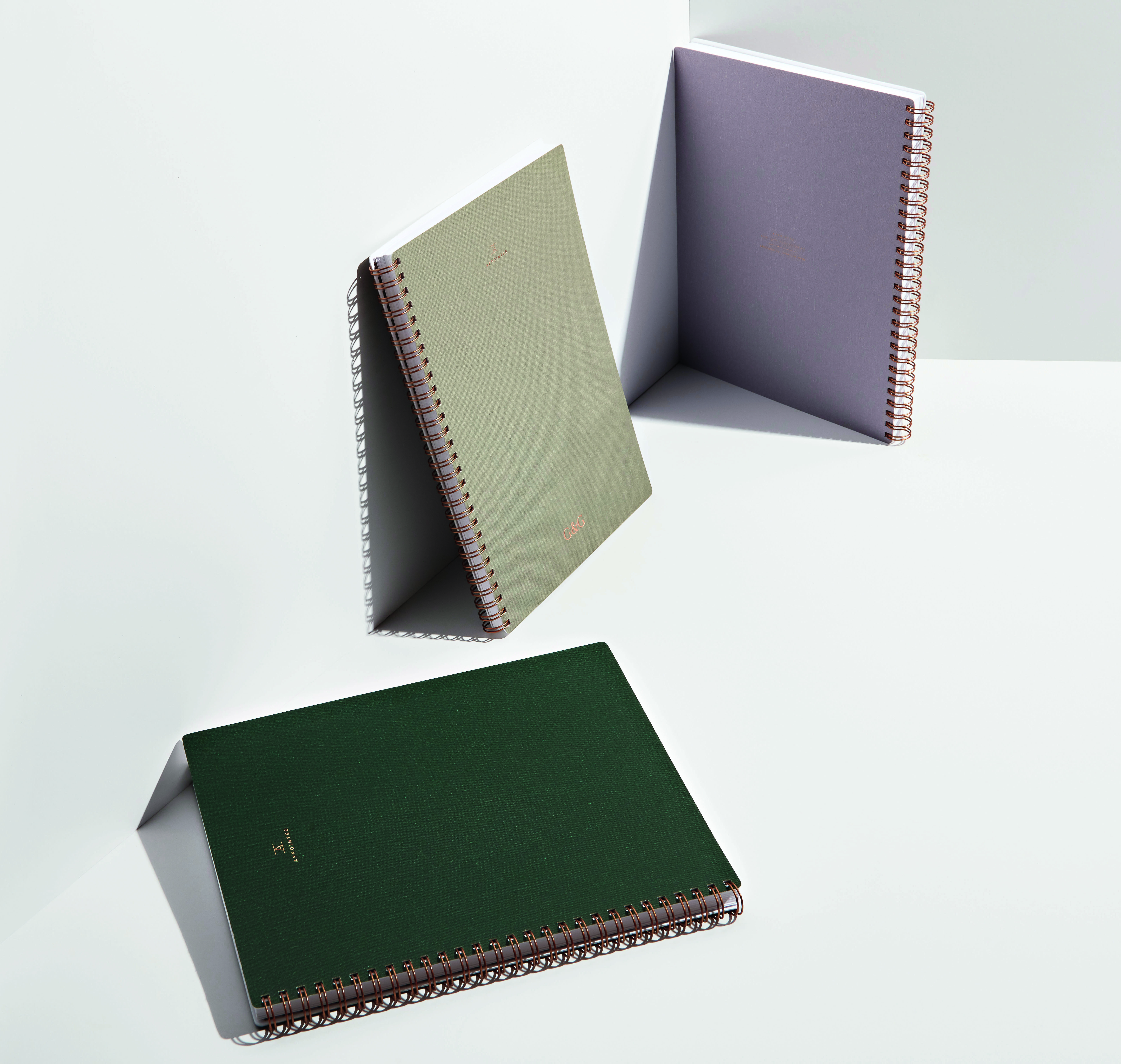
“There’s this sense of accomplishment when you finish a notebook,” says Suann Song, the founder and CEO of Appointed, her Washington, D.C., company that makes elevated everyday paper goods. “There might be doodles and coffee spills, all that life lived that you can’t replicate in the Notes app on your phone.”
As a lifelong “paper nerd,” Song remembers reveling as a child in the quality of Japanese and Korean stationery she first saw at Asian markets, and later, while working as a graphic designer in her twenties and thirties, wishing she had simple, elegant, made-in-the-USA products at her fingertips. “In 2014, I said to my husband, ‘If I don’t do this idea now, I’ll never do it.’” She went on to create the prototype of what remains her signature product—the Appointed Notebook, featuring a cotton-blend cover, brass binding, and smooth text-weight recycled paper that comes lined, with a grid, or blank; plus, there’s the option for a front-cover monogram. When she launched a Kickstarter campaign in 2015, she not only received the funding to get production started, but in the process also developed a fervent and loyal fan base of fellow paper nerds.
This fall, Song expanded Appointed’s office into a 10,000-square-foot flagship store fronted by the Notebook Bar, where visitors can fill out letterpress cards with their preferred notebook cover color, lining style, and monogram. “Their choice gets zapped to production, and in fifteen minutes they’ll have a made-to-order notebook, bound and packaged by hand just beyond the big glass wall, where they can see—and smell—all that paper.”
Crafts Runner-Up
Spoon + Hook
Wooden Utensils
Asheville, North Carolina | $30–$250; spoonandhook.com

A decade ago, Anneliesse Gormley moved from her hometown, Lexington, Kentucky, to Asheville, ready to blaze her own trail—if she could just figure out where to start. “I wanted to try everything, whether it was playing the banjo, becoming a runner, or turning into a bourbon expert,” she says. Then her grandmother visited, carrying a box of heirlooms that included a wooden spoon the family could trace back to their Native American ancestors. “I was beside myself realizing that something functional could be so beautiful,” Gormley says. “I bought a little hook knife and tried carving. It was the first hat I ever put on that fit me well.” Gormley now works with a network of Western North Carolina lumber and salvage yards to find cherry, walnut, and maple, which she carves into casually elegant mixing spoons, serving sets, and coffee scoops. “It has become my life’s joy to work with materials that may otherwise be thrown away,” she says.
Crafts Runner-Up
Darling Lemon
Desktop Calendar
Savannah, Georgia | $26; darlinglemon.com
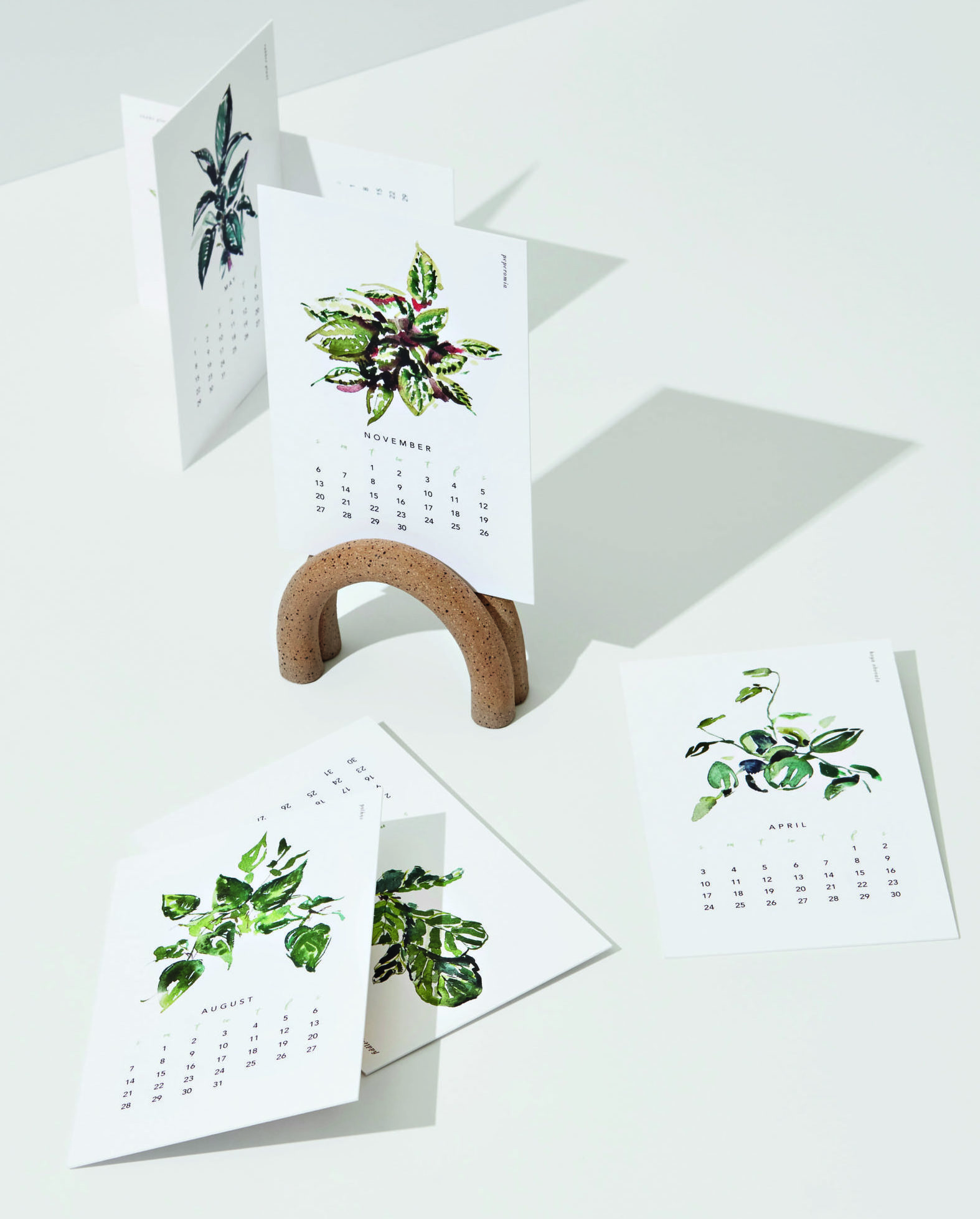
When a young Georgia man wanted to win Ksenia Phillips’s heart, he sketched her a note featuring a few stick-figure doodles. She, a Russian-born artist who studied graphic design in Atlanta, replied with a watercolor of a radish and a carrot, their roots intertwined in the shape of a heart. The pair eventually married, and at their daughter’s baby shower, Phillips received a gentle etiquette lesson from her mother-in-law regarding the Southern art of the thank-you note—an education that led to the creation of Darling Lemon, her cheerful line of stationery. From her home on Skidaway Island, Phillips now makes note cards from her hand-painted scenes of hummingbirds, flowers, blue crabs, and butterflies. Recently, she designed a charming botanical desk calendar as an ode to her favorite houseplants, including a fiddle-leaf fig she’s tended since her Atlanta days. The graceful organic shapes bloom across luxuriously thick paper, which slides into a custom arched stand made by Savannah’s Shibui-Ceramics.
Crafts Runner-Up
Jules & Vetiver
Unisex Fragrances
Charlotte, North Carolina | $24–$114; julesandvetiver.com
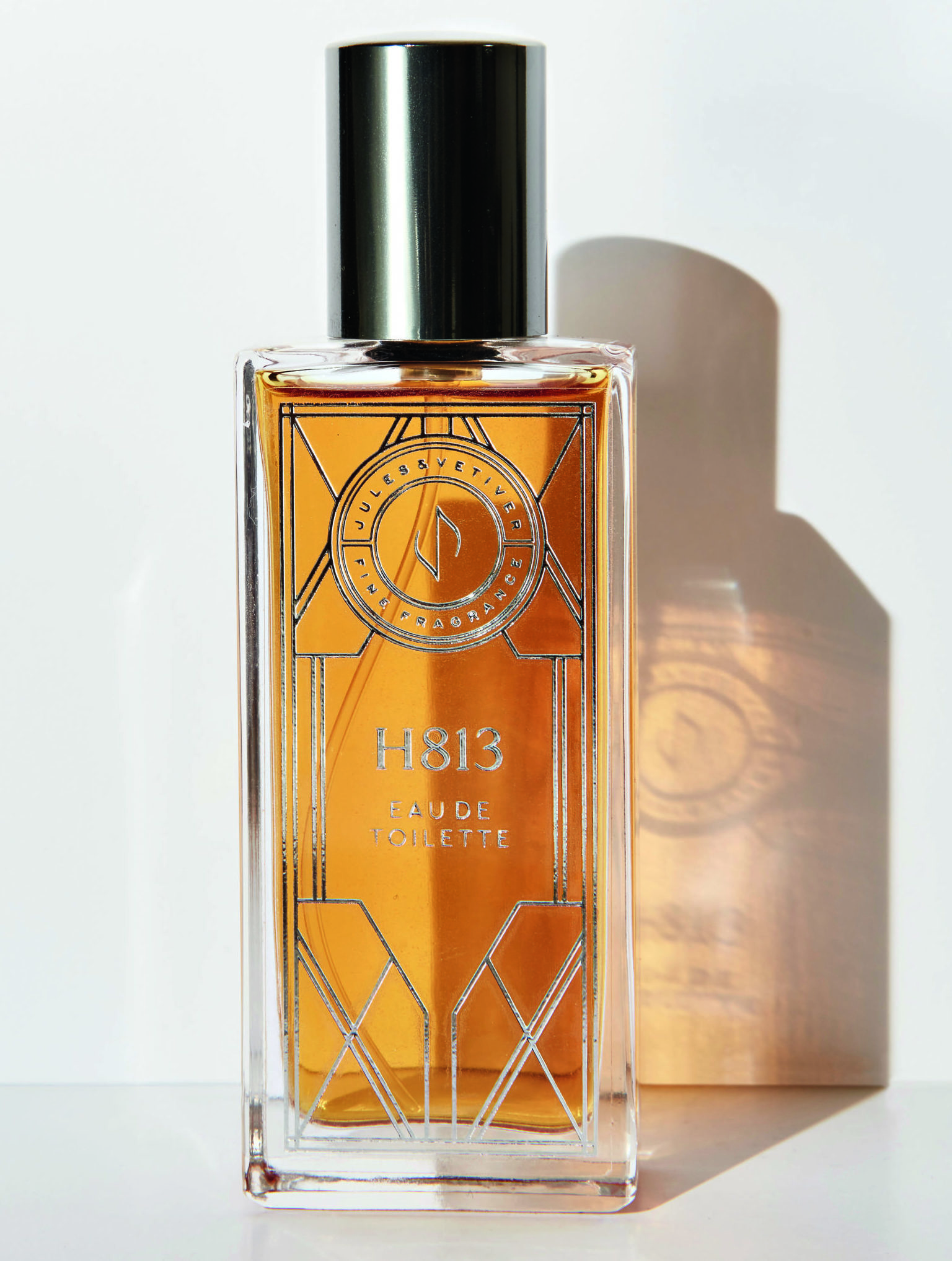
“My dad’s a chemist, but I wasn’t good at chemistry growing up—I never knew it could be applied in this way,” says Katrina Sellers, a Charlotte perfumer. Three years ago, she left a corporate marketing job to create her fragrance company, Jules & Vetiver, with the aim of making perfumes with ethically harvested ingredients—blends free of secrecy and vague marketing mumbo jumbo. “All of my fragrances are unisex, with all their ingredients listed, and with simple names—there’s no Rugged Man Saddle or Vanilla Sugar Kitten here,” she says. Take the Hemingway–inspired H813: “I made this with the bare minimum, much like his writing style: tobacco for his pipe and lime for his mojito.” Sellers also offers kits with top, middle, and base notes, so anyone can design their own scent, which Jules & Vetiver will then mix and ship straight to his or her home.
Style Winner
Brackish
Jewelry
Charleston, South Carolina | $95–$195; brackish.com
Jaw-Dropping South Carolina Jewelry
With an assist from nature, a new jewelry collection takes flight
By Elizabeth Hutchison Hicklin

Everyone from Bill Murray and Don Cheadle to Dale Earnhardt Jr. and Cam Newton are fans of Brackish’s signature feather-layered bow ties. And while plenty of women, including Blake Lively and Lena Waithe, have sported the brand’s eye-catching neckwear with aplomb in the decade since Ben Ross and Jeff Plotner cofounded the brand (the ties originated as handmade gifts for Ross’s groomsmen), the pair always imagined a broader line of feathered jewelry inspired by the women in their lives. “Because the collection was going to reflect our grandmothers, mothers, sisters, cousins, nieces—we really wanted to do it right,” Ross says. It took three years of tinkering with prototypes before they were satisfied that the small initial collection of cuffs and earrings met the Brackish standards for quality and style. “All the credit goes to our artisans,” Plotner says.
Two years postlaunch, the jewelry line now includes more than fifty day-to-night designs. Like the company’s original bow ties, the collection showcases the brilliant natural colors and patterns of sustainably sourced pheasant, peacock, partridge, quail, and guinea fowl feathers, among others, but also introduces bright, hand-dyed goose feathers to the mix, allowing the artisans to play with color trends and seasonal runs. “Mother Nature shows us the way,” Ross says, “and we’ve always stayed true to that, but we’re also constantly striving to evolve.” brackish.com
Style Runner-Up
Handley Watches
Timepieces
Richmond, Virginia | $225–$235; handleywatches.com
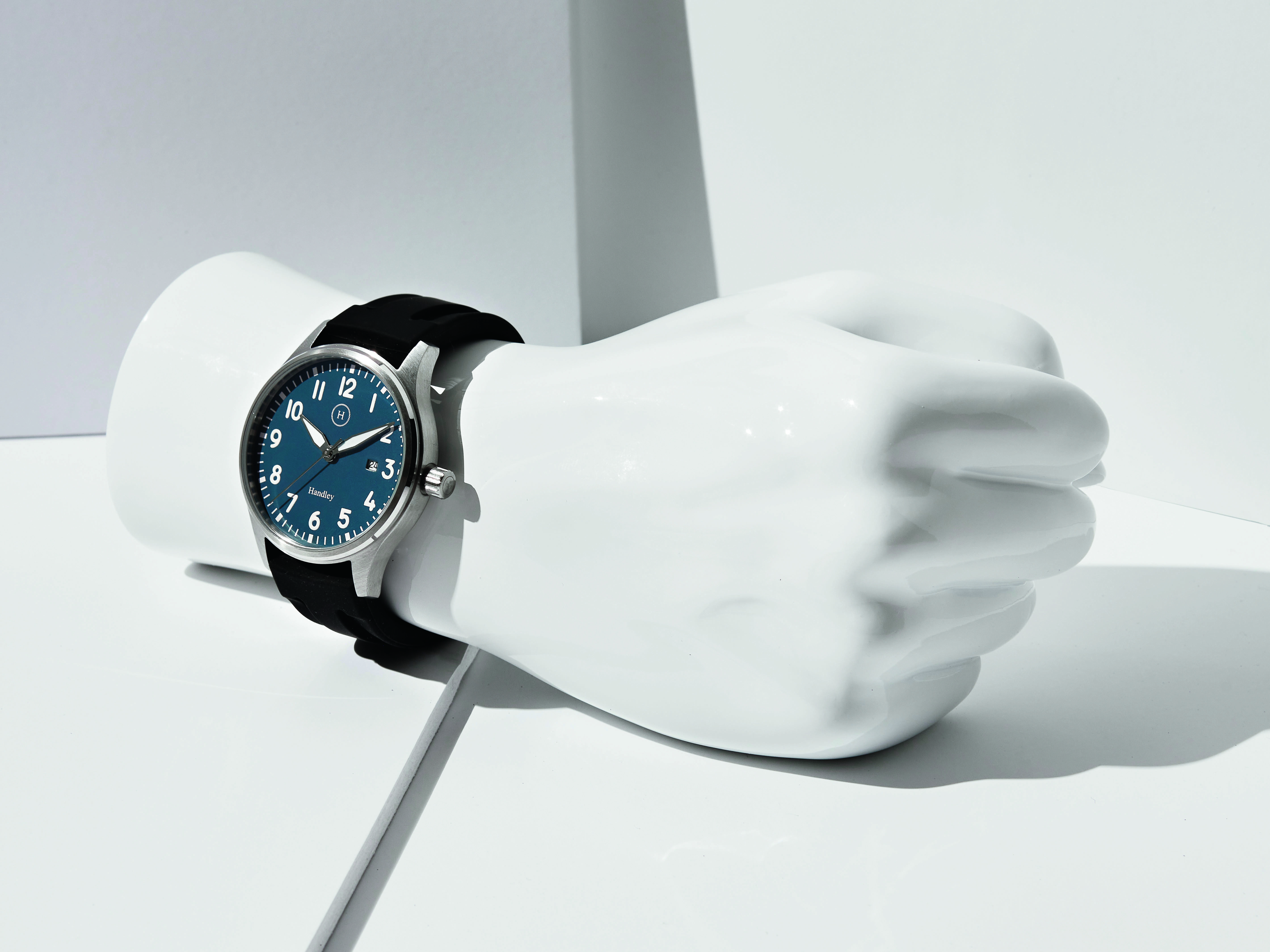
A self-described classic watch enthusiast, Jay Carpenter admits that even he’s owned an Apple Watch. “They’ve gotten my generation into wearing things on their wrists again—and noticing other kinds of watches for the first time,” he says. The renewed interest in analog timepieces sparked Carpenter, who was willing to wager he wasn’t the only one weary of the constant ping and buzz of emails on his wrist. And as an athlete, he envisioned a contemporary chronograph with modern performance capabilities, at an attainable price point. When he couldn’t find it, he set out to make it, debuting Handley Watches in early 2020. Assembled in Richmond, each of Handley’s fifteen unisex styles is water resistant and features a sapphire crystal face, surgical-grade stainless steel, Japanese and Swiss quartz movements, and a lightweight waterproof silicone band.
Style Runner-Up
Campo Collection
Pajamas
Miami, Florida | $300–$600; campocollection.com

“I have a passion for sleepwear,” says Cinthia Boni Cordioli, the Brazilian-born, Miami-based founder of Campo Collection, a boutique line of sustainably made luxury sleepwear. “In Brazil, people wear pajamas; they wear nightgowns. You would never go to sleep in a T-shirt.” Supported by decades of experience—Cordioli worked for Marc Jacobs and Giorgio Armani, as well as small Brazilian start-ups and others—Campo Collection eschews seasons and trends to minimize waste, opting instead for timeless, beautifully made garments. “If you invest in a piece from Campo Collection, it’s not going to go out of style,” Cordioli says. “It’s intended to be something you can have for a long time.” The brand’s minimalist nightgowns, robes, caftans, and pajama sets (for men, women, and children) are also chemical-free and produced in small runs using natural fibers such as organic cotton by a team of local seamstresses. They’re also versatile enough to wear beyond the bedroom—to the beach, on the boat, even out to dinner.
Style Runner-Up
Megan Huntz
Women’s Wear
Atlanta, Georgia | $200–$485; meganhuntz.com
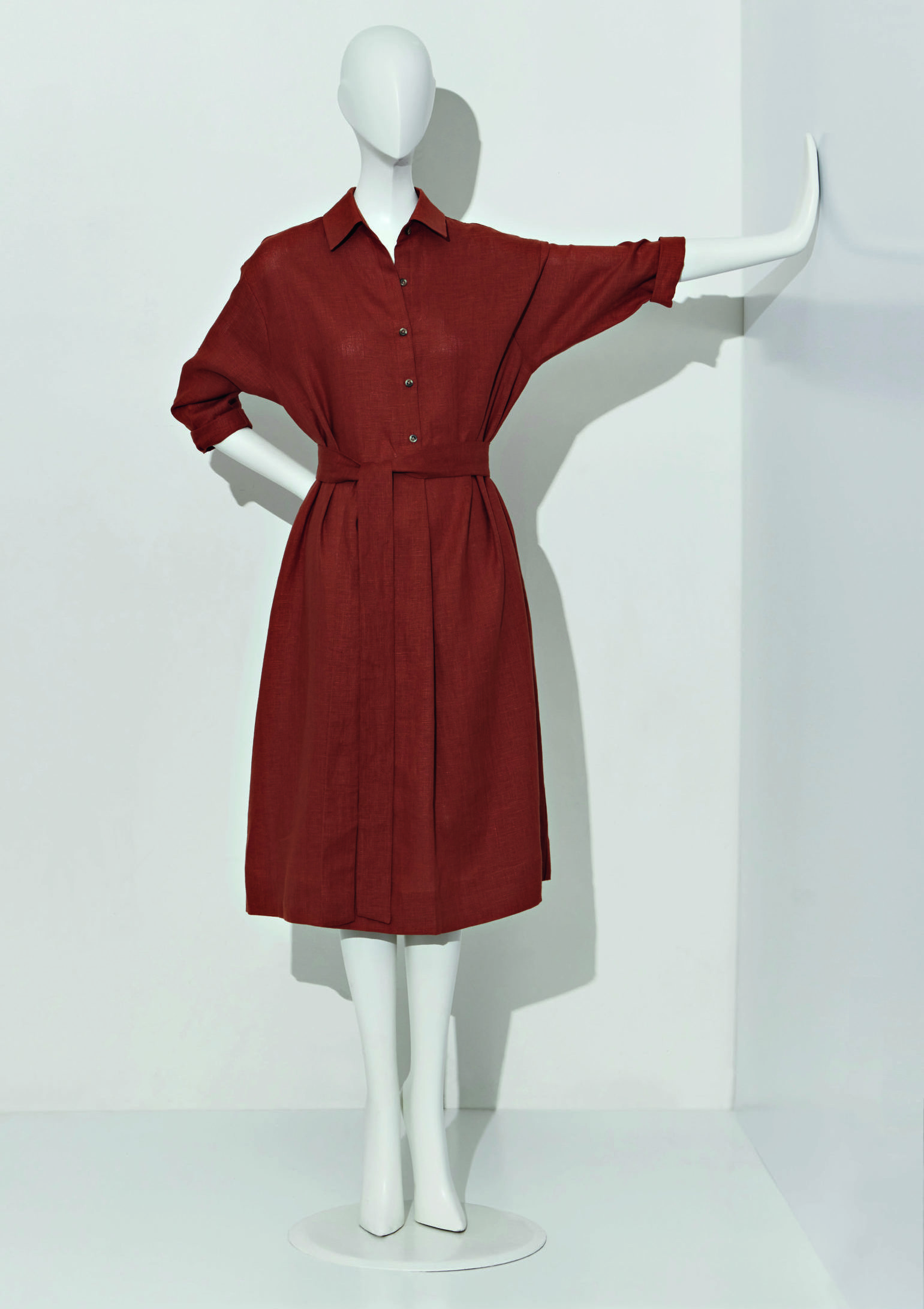
Poring over dress patterns with her mother taught the clothing designer Megan Huntz a lot about craftsmanship. “My mother made all of my special-occasion dresses until I was about thirteen,” she says. But it was a decade in Italy, where Huntz earned a master’s in fashion design, that taught her about style. “There’s a phrase or saying in Italy, ‘fare la bella figura,’ which translated literally means ‘to make a good figure,’ but it really means to make a good presentation—to be put together and well dressed,” says Huntz, who cites her time in that country as the inspiration for her eponymous line of chic, well-tailored dresses and separates. Centered around sustainability, the collection gets sewn in Atlanta, where low-impact materials such as linen and silk become classic wardrobe staples with multigenerational appeal: pleated pants, shirtdresses, button-downs, and blouses.
Outdoors Winner
Charles Jobes Decoys
Dove Decoy
Havre de Grace, Maryland | $120; charlesjobesdecoys.com
A Brilliant Dove Decoy
One Chesapeake Bay carver revives the art of the hand-carved dove decoy—just as his father taught him
By T. Edward Nickens
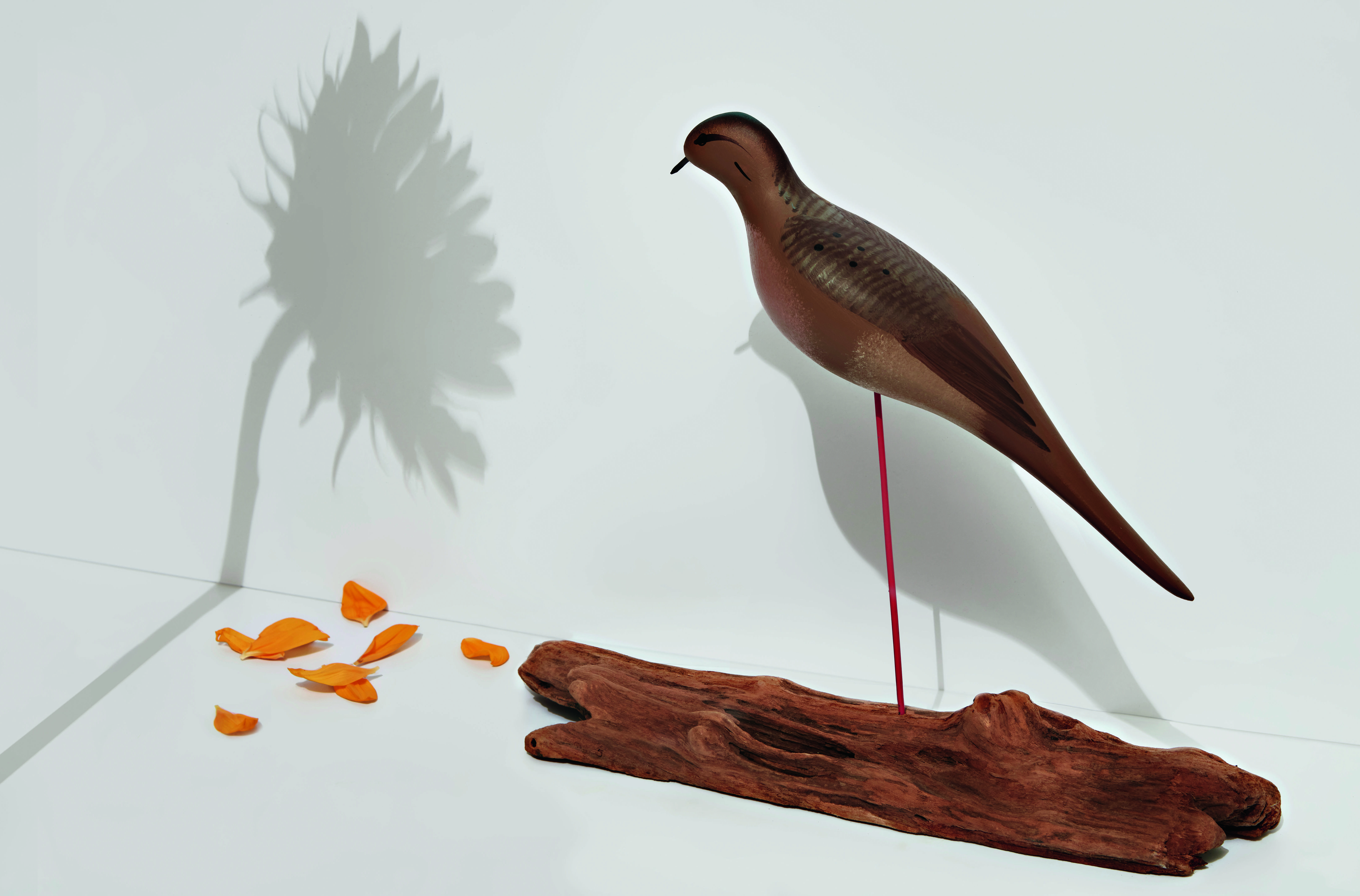
When hunting doves in the seventies and eighties, Charles Jobes and his father would raise an eight-foot-tall crossed post in a Maryland cornfield and place three hand-carved wooden dove decoys on the makeshift tree. “Dove hunting was my second-favorite thing to do,” Jobes says, “besides shooting ducks and geese.” He got to do all three: His dad was Captain Harry R. Jobes, a legendary Chesapeake Bay duck decoy carver who worked for the even more famed R. Madison Mitchell (who also happened to be Jobes’s godfather).
Today, in his own decoy shop in Havre de Grace, Maryland, Jobes carves geese, swans, and ducks for collectors and hunters, but a request for a hand-carved mourning dove “really takes me back in time,” he says. “My dad carved them by the hundreds. I use his patterns, and I’ve tried not to change hardly a thing.”
Made from western red cedar and occasionally white pine, the dove decoys are smaller and easier to turn on a lathe than most of his other work, but the painting is the painstaking part. “It’s not like painting a black-and-white canvasback,” he says, in his lilting Chesapeake Bay brogue. “You put the body color down first, with the aqua-blue color and then the peachy rose of the breast. Then the burnt umber feathers on top of that and the stippling on the breast. I love painting the doves, because the more you paint, the better it looks.” A hand-finished head and a beak made from the tip of a tenpenny nail complete the ruse.
Outdoors Runner-Up
Willy Roberts Boats
Flats Boat
Cape Canaveral, Florida | $59,000–$85,000; willyflatsboats.com
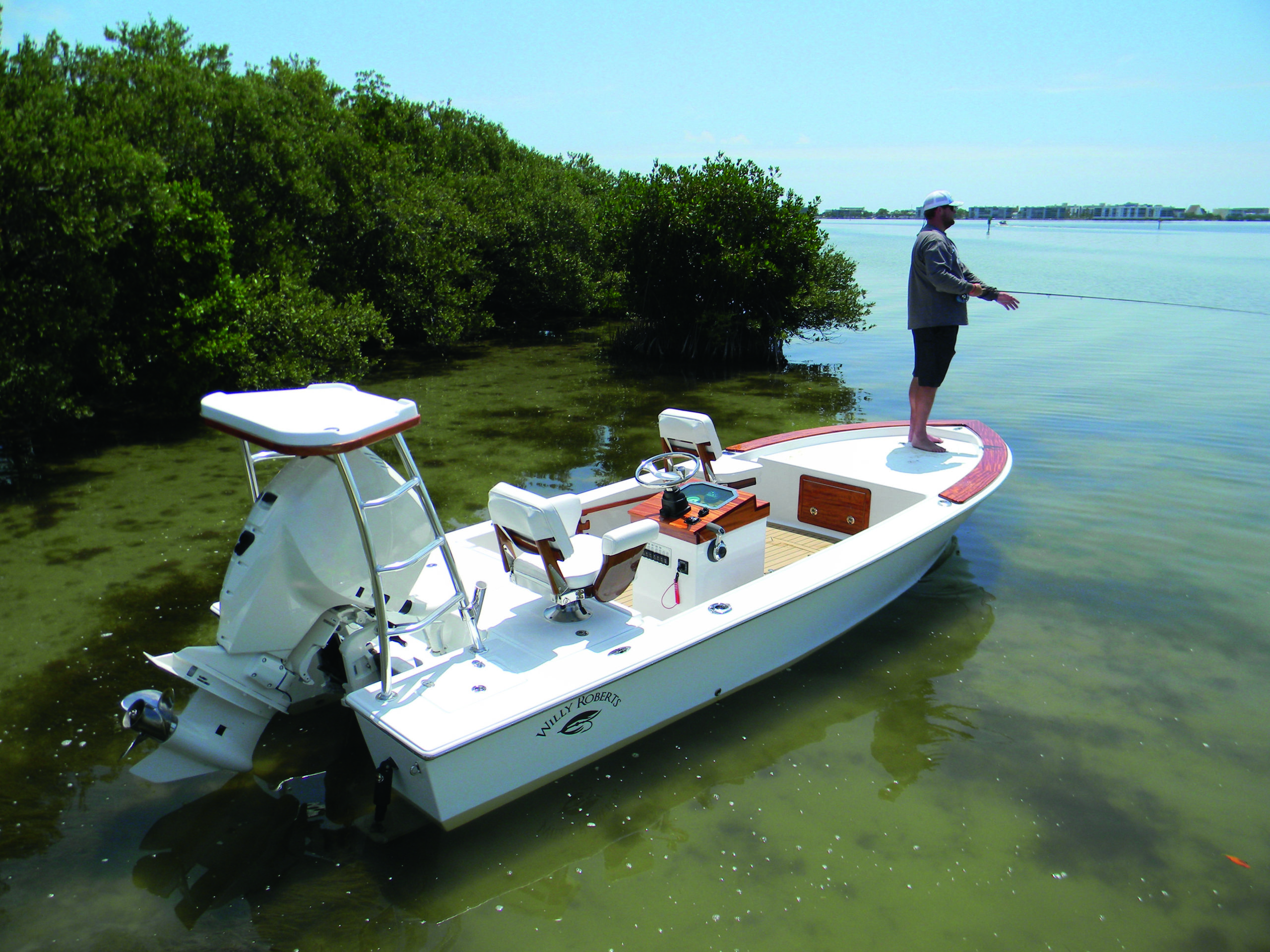
The granddaddy of the modern technical poling skiff is still a serious contender on the flats—and a serious head turner. “I tell customers to plan for that,” says Mike Williams, owner of Willy Roberts Boats, with a laugh. “They’ll need an extra half hour when they stop for fuel because people always want to talk about the skiff. When you pull one on the interstate, people are honking, zooming up to get beside you, and flashing okay signs. It’s crazy, but it happens all the time.” That’s easy to understand. The late Willy Roberts designed and built one of the earliest flats skiffs—some say the earliest—in Islamorada in 1959. The company constructs its versions, based on Roberts’s original molds, one at a time using modern composite materials and techniques, and they can include generous swaths of gleaming wood. (How generous depends on your budget.) The Classic 20 handles bigger chop like a bay boat but can be fashioned to float in water six inches skinny.
Outdoors Runner-Up
Nicholas Nichols Knives
Paring Knife
Leland, North Carolina | $200–$350; nicholasnicholsknives.com
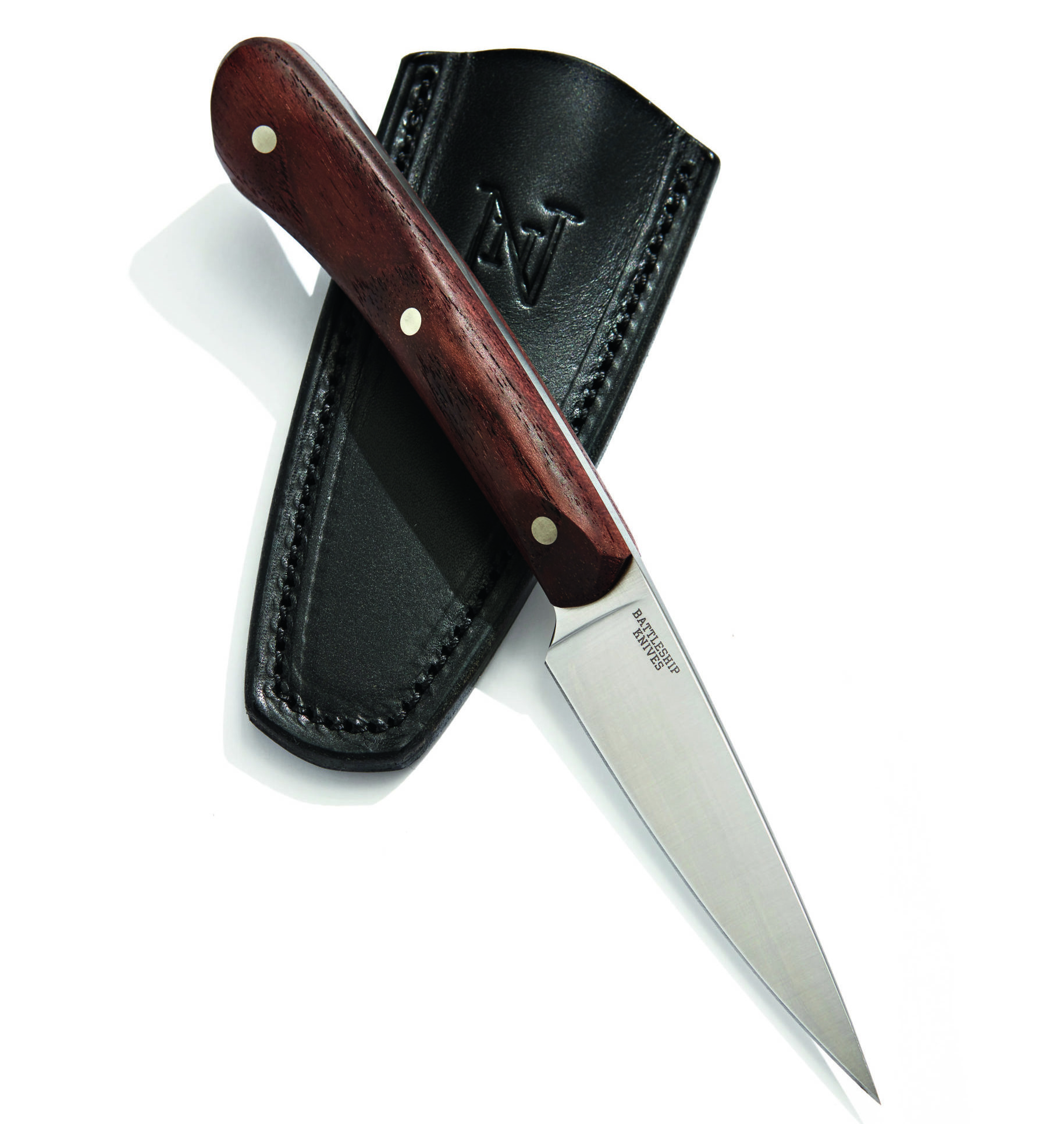
Nicholas Nichols’s paring knife sports a 3¾-inch blade cut from Nitro-V steel and a sharply pointed tip perfect for cleaning doves, quail, and ducks. “It’s a laser beam,” says Nichols, whose résumé includes formal culinary training as well as a stint on History’s Forged in Fire television series. For the knife’s handle, Nichols used reclaimed teak decking from the USS North Carolina, the decorated World War II battleship docked just a mile from his home. He’s actually scored a trove of storied woods: He has handle material available from Bryant-Denny Stadium at the University of Alabama, the now-demolished Atlanta–Fulton County Stadium, and sporting centers from the University of Georgia, Ole Miss, the University of Virginia, and even the Final Four court on which Baylor University won the 2021 NCAA men’s basketball tournament. He’s also made handles from church pews, wedding arbors, and trees from cherished farms. “A kitchen knife is the most-used knife you’ll own,” he says, “so why not have one that means something to you?”
Outdoors Runner-Up
Mauser Fly Fishing
Fly Rod
Swansboro, North Carolina | $695; mauserflyfishing.com
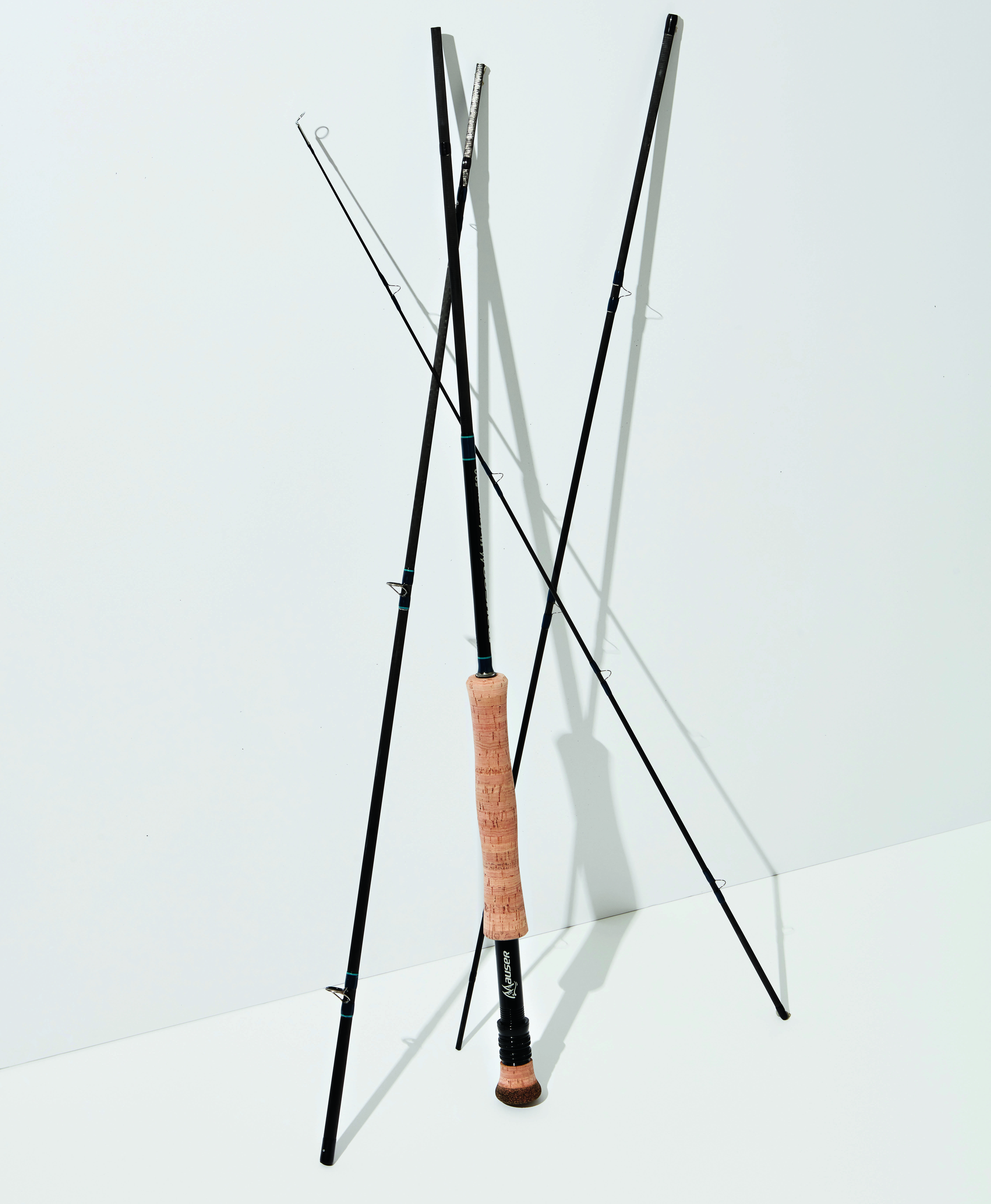
John Mauser spent sixteen years as an aquarist for the North Carolina Aquarium in Pine Knoll Shores. He’s worked as a fishing guide for ten years and a rod builder for six. The man knows fish from the inside out, and his fly rods show it. These are small-batch production rods built with proprietary rod tapers. Other than the Portuguese cork handles, every component is American made, and in tiny Swansboro, Mauser and a few close friends assemble, wrap, fit, and finish each rod by hand. These days, there’s a lot of hyperspecialization in fly-rod design, but Mauser and company are producing rods that fish the way people fish. The rod pictured here, a Waterman 590 5-weight with an available fighting butt and full wells grip, “bridges the gap between the standard 4-weight trout rod and a larger streamer rod,” he says. “It’s a do-it-all hybrid you can use to throw Woolly Buggers at mountain trout or poppers at pond bream or Clousers at Chesapeake Bay speckled trout.” Mauser fly rods come in three series, from 3- to 12-weights; Waterman is the top-shelf offering.


